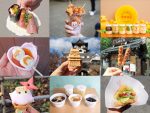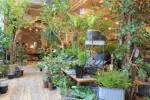Goshuin tour in Nagoya. For good luck and warding off evil... From monthly designs to limited editions!
Table of Contents
Matchmaking with a unique worship method
"Suzaki Shrine"
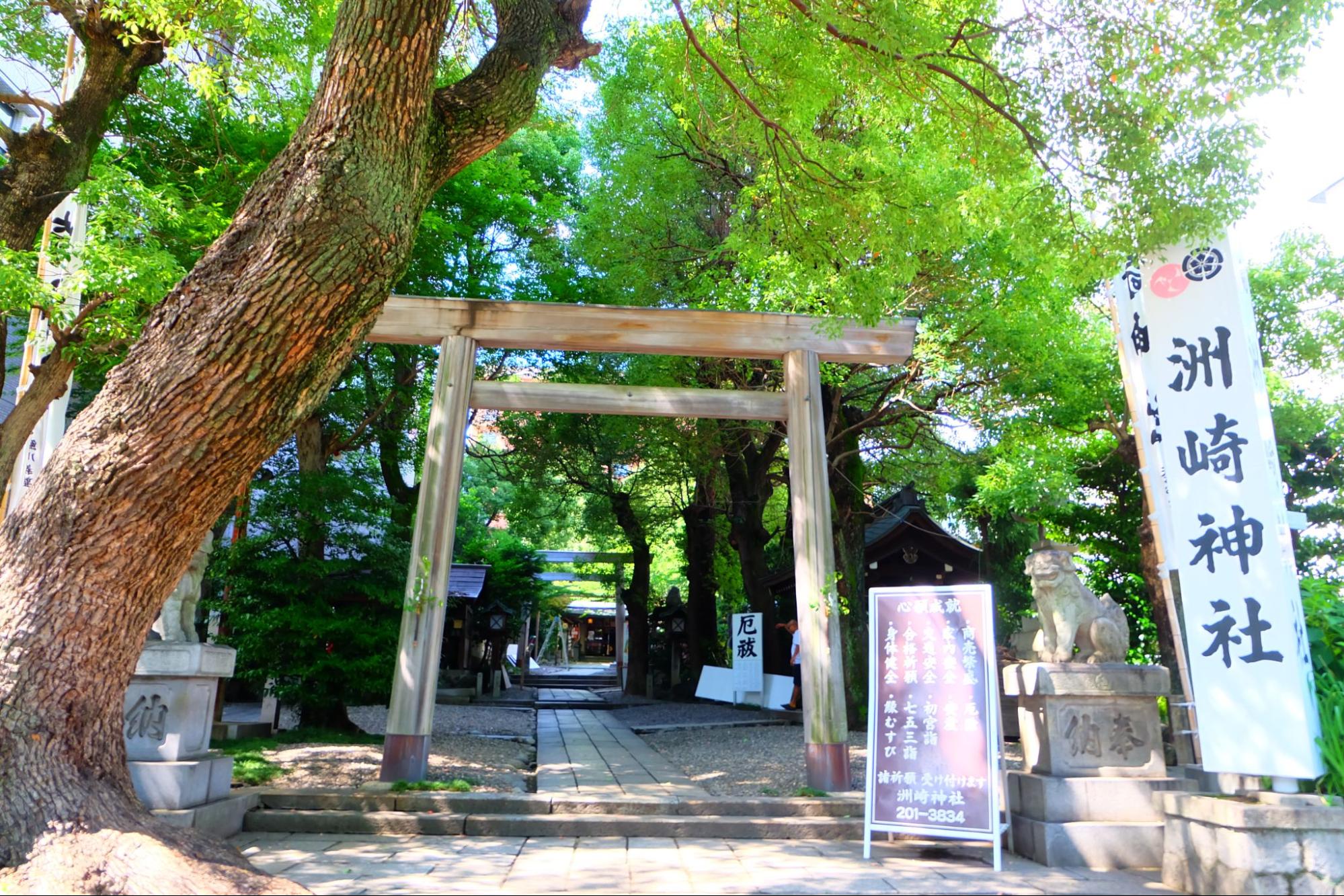
Suzaki Shrine, which stands along the Horikawa River, a little far from the center of Sakae, Nagoya City, is a shrine that is said to bring good fortune through an unusual way of worshiping.

After visiting the main shrine, there is this small torii gate on the right side. It is wide enough for an adult to pass through. It is said that by breaking through this small torii, which is a “difficulty” in a sense, you will overcome the difficulties and your wishes will come true.
The enshrined deity is "Sarutahiko no Kami", known as the god of road opening.
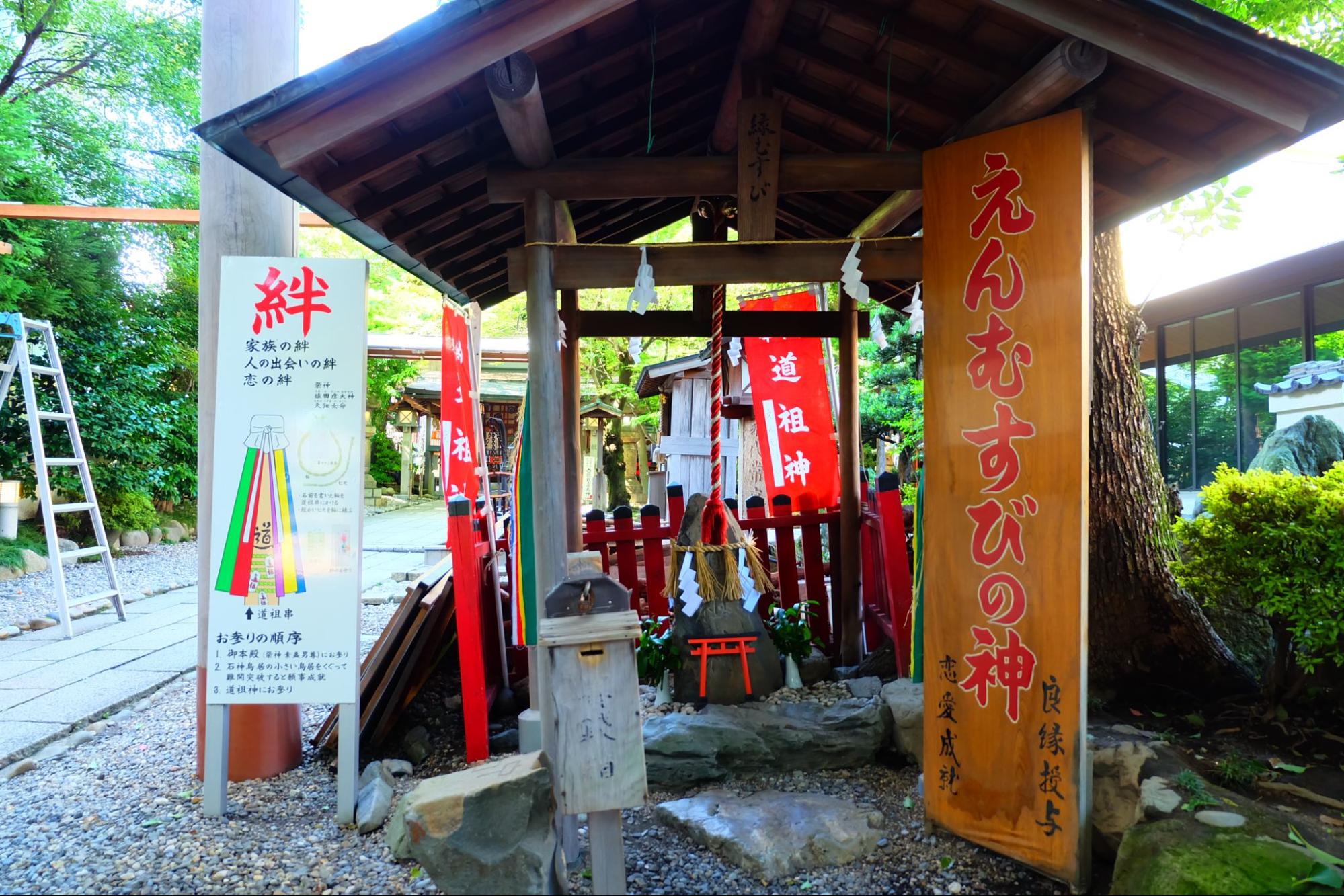
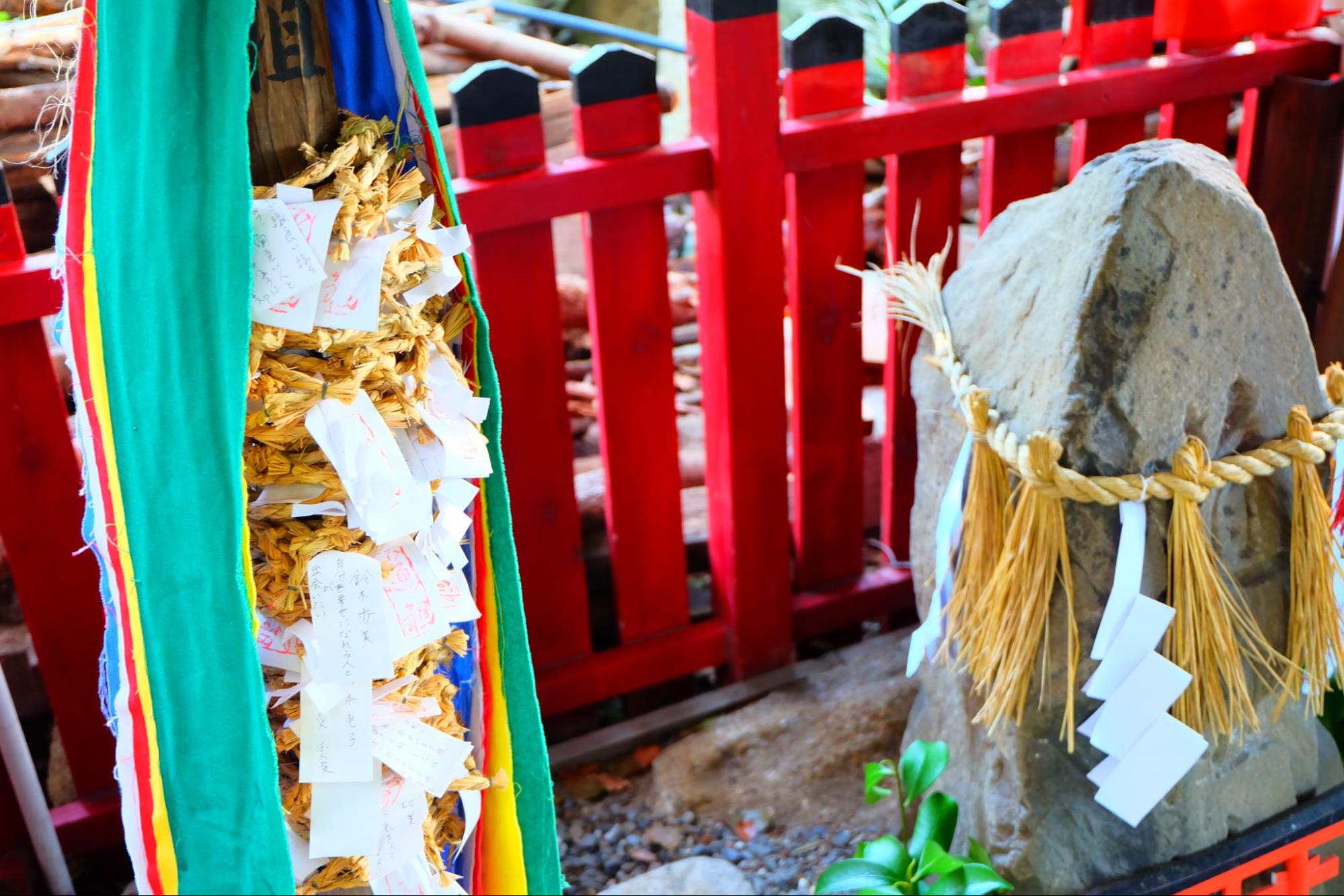
After visiting Sarutahiko-no-kami, we will visit Doso-jin, where Ame-no-Uzume-no-mikoto, the wife of Sarutahiko-no-kami, is enshrined.
What is noteworthy about both is that the stone is the object of worship (iwaza). In the olden days, stones were often enshrined as yorishiro for the gods, so that alone gives a sense of the ancient history.
By the way, what is covered with the five-colored cloth on the left is a vertical skewer called “Doso skewer” with a small china ring called “matchmaking ring”. If you are interested, you can purchase it at the shrine office (500 yen for firstfruits), so please visit the shrine and pray for marriage!
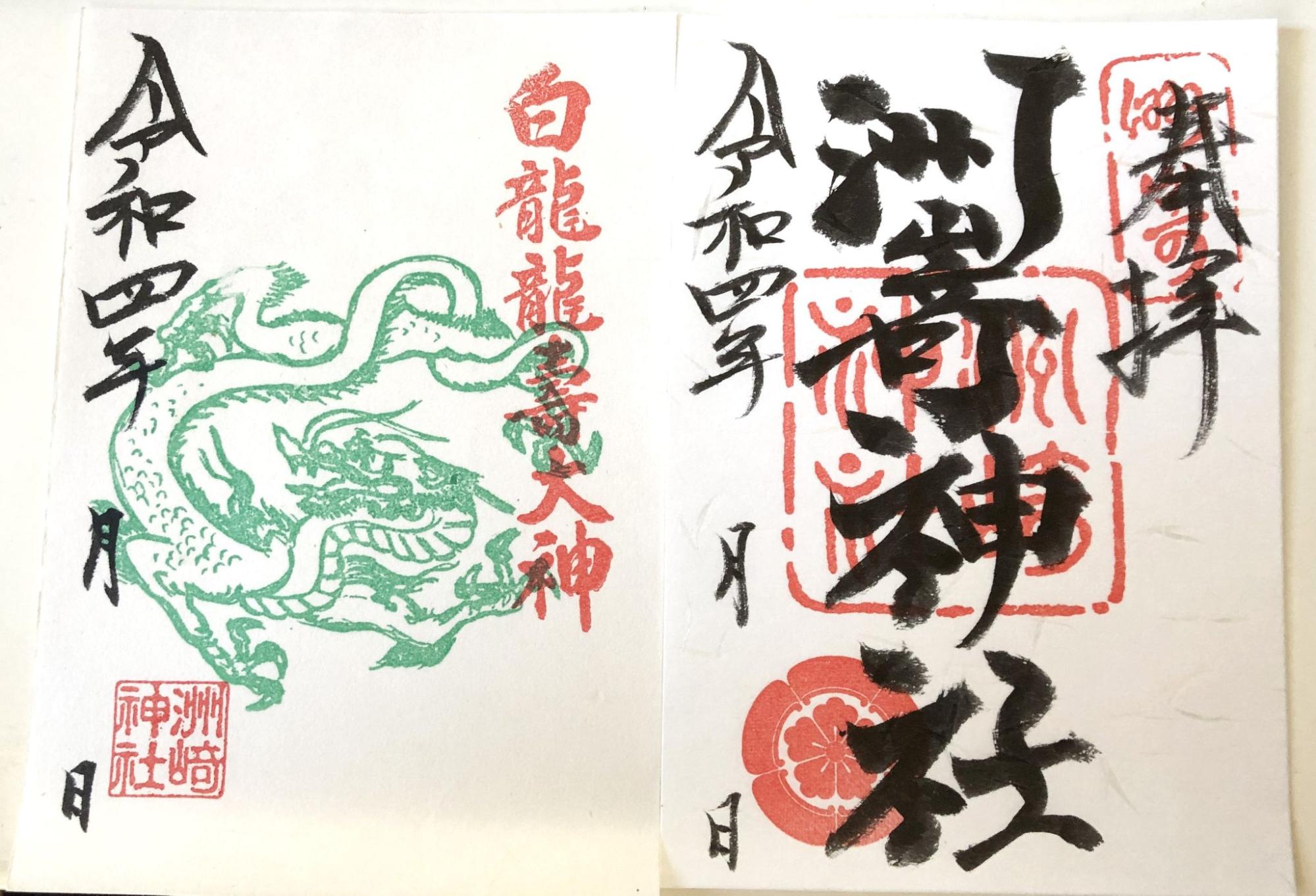
There are two types of goshuin: the one on the right is that of Suzaki Shrine, which is the enshrined deity of the main shrine, and the one on the left is that of Hakuryu Ryu Shrine, which enshrines a white snake next to the main shrine. Hakuryu-jinja Shrine is especially popular among business and entrepreneurs, and it is said that there are people who come all the way from all over the country to visit.
[Suzaki Shrine]
Address: 1-31-25 Sakae, Naka Ward, Nagoya City, Aichi Prefecture
Phone number: 052-201-3834
Holidays: No holidays
Access: Train/Subway Tsurumai Line Get off at Osu Kannon Station, walk approx. 15 minutes
JR, Meitetsu, Subway, Bus, Kintetsu, Aonami Line, Subway Higashiyama Line "Nagoya Station"
Get off. 20 minutes on foot from Sakura-dori Exit
Parking lot: None
"Wakamiya Hachimansha Shrine," Nagoya's guardian deity full of greenery
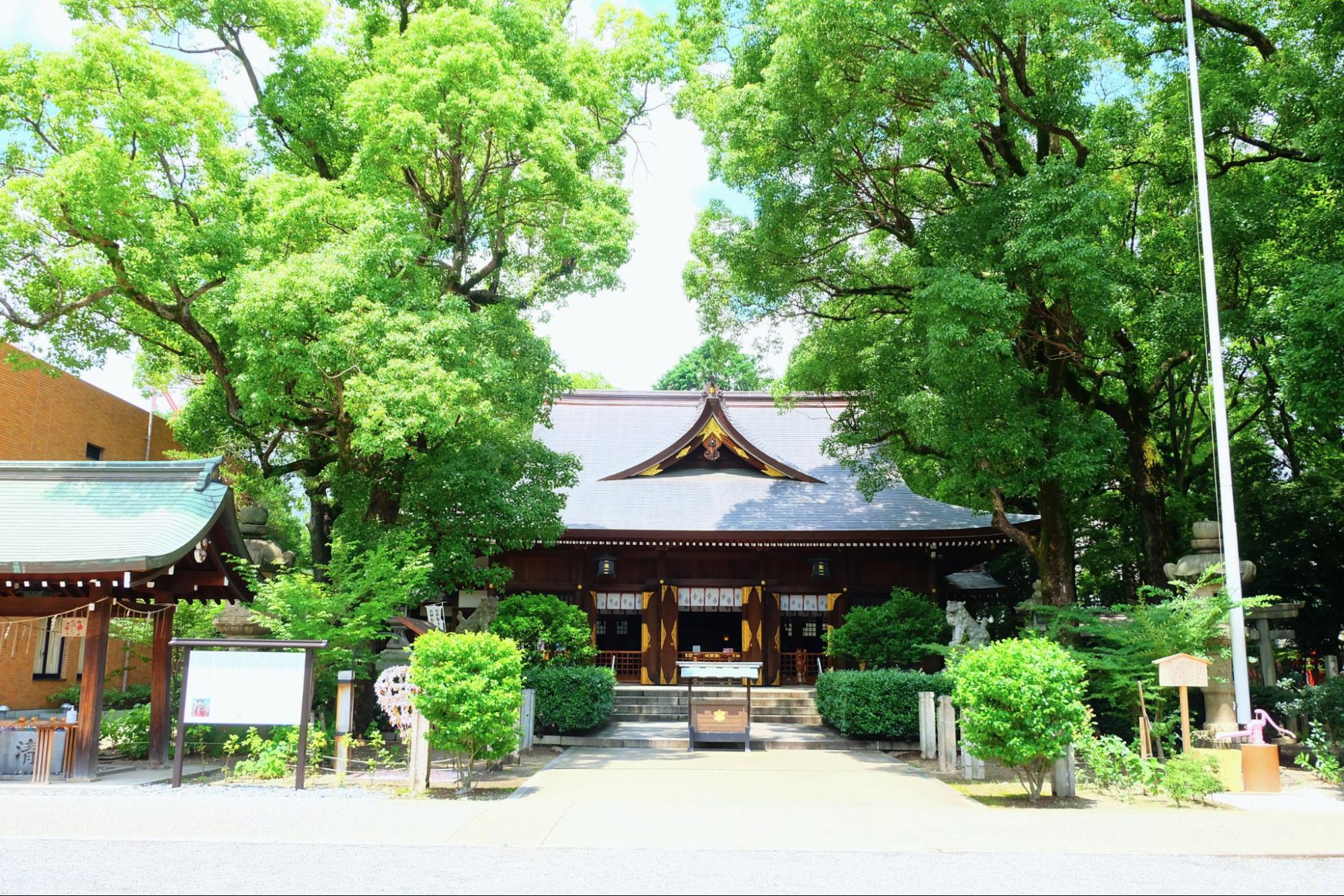
Wakamiya Hachiman Shrine is the Nagoya general shrine located along Wakamiya Odori in Nagoya City.
According to the shrine, it was founded during the reign of Emperor Monmu (697-707), but it has been destroyed by fire, rebuilt, and relocated repeatedly to the present day.
The Wakamiya Festival, one of Nagoya's three major festivals held every May, is a festival with a history of over 350 years, such as the festival float "Fukurokujusha" with karakuri dolls on it.
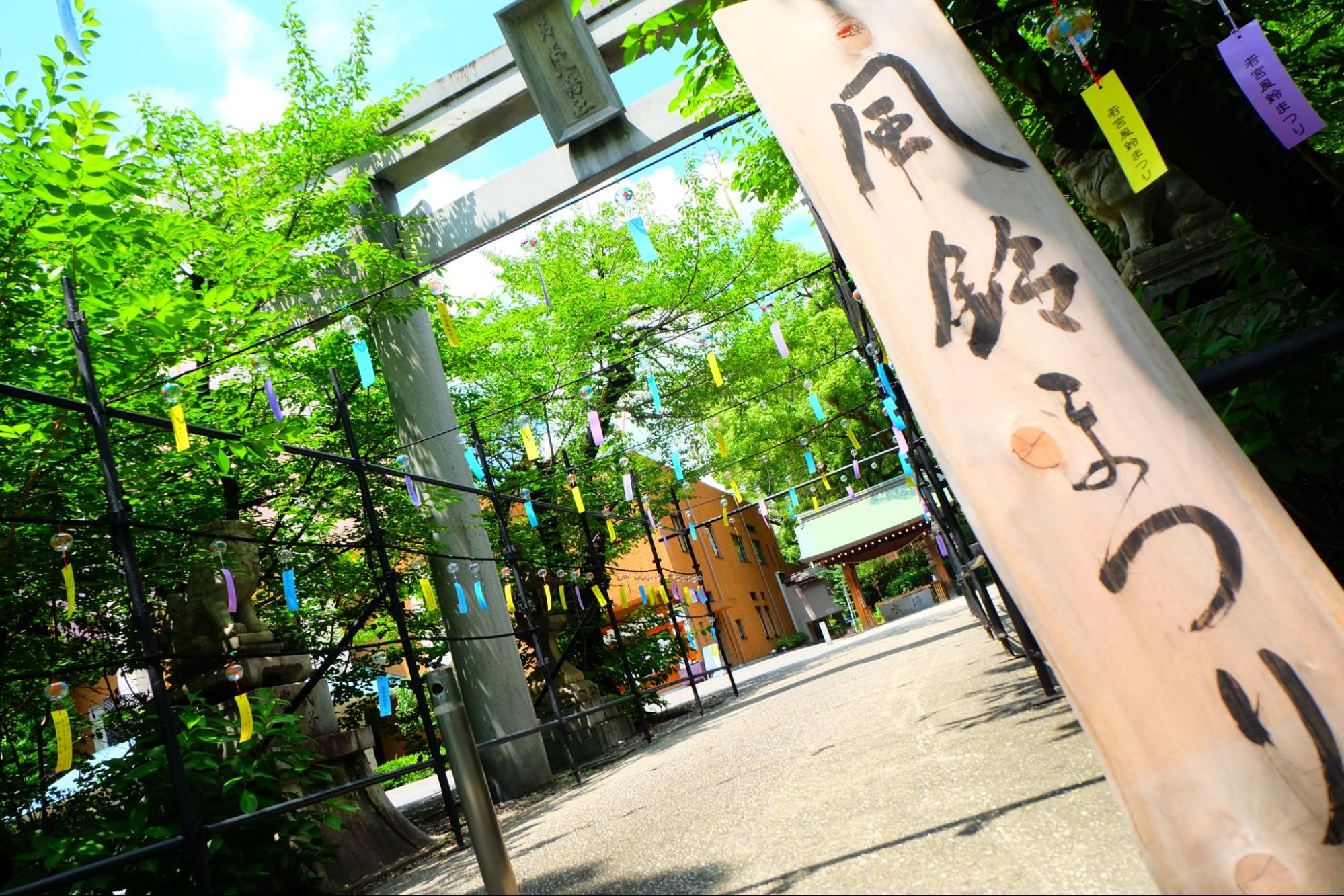
When you enter the precincts, you will find a relaxing space filled with greenery.
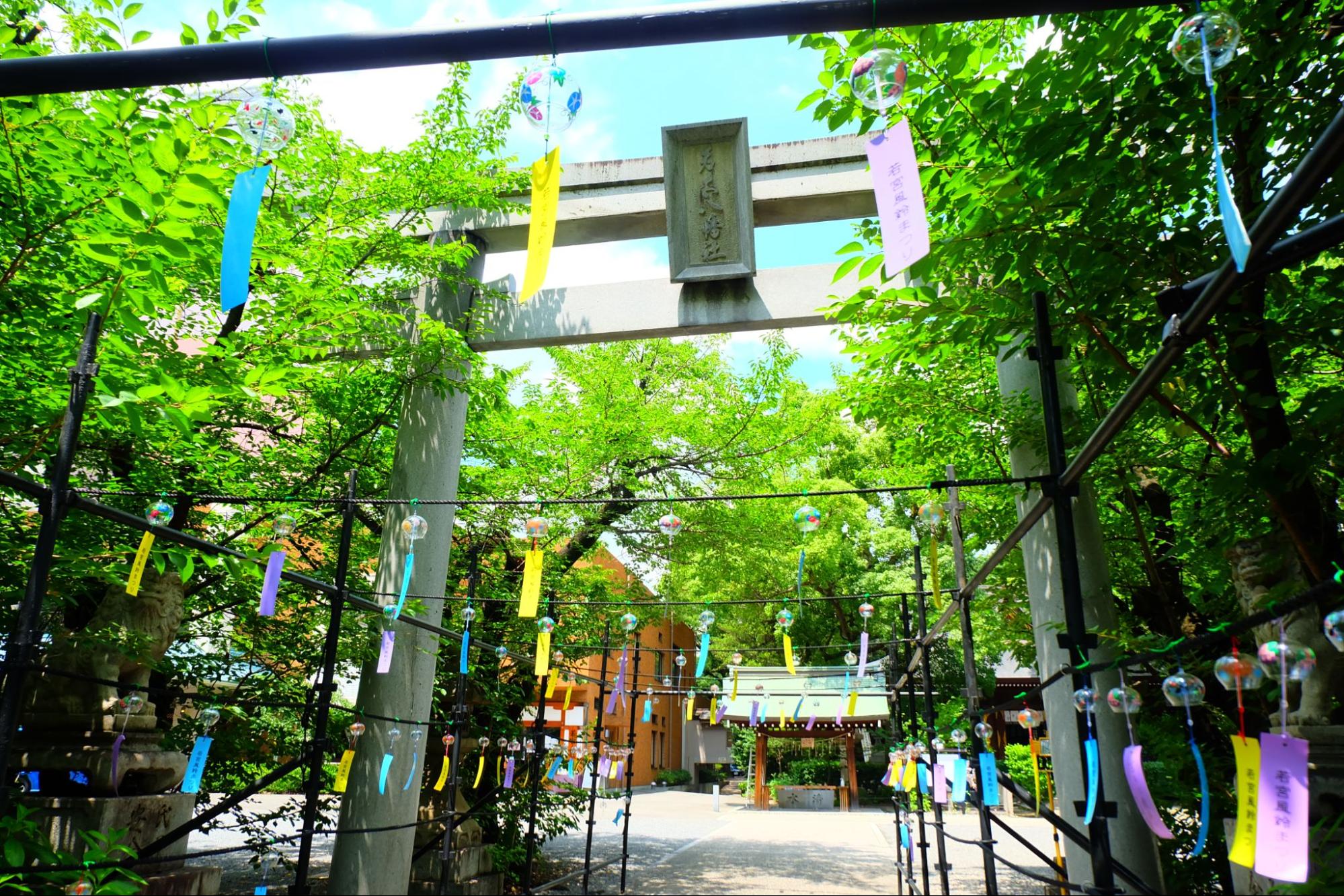
In the summer, the Wind Chime Festival is held, and the sounds of the wind chimes welcome you. In addition, events such as yukata and marche are also held.
*The 2022 Wind Chime Festival will be held from July 1st to August 31st, 2022.
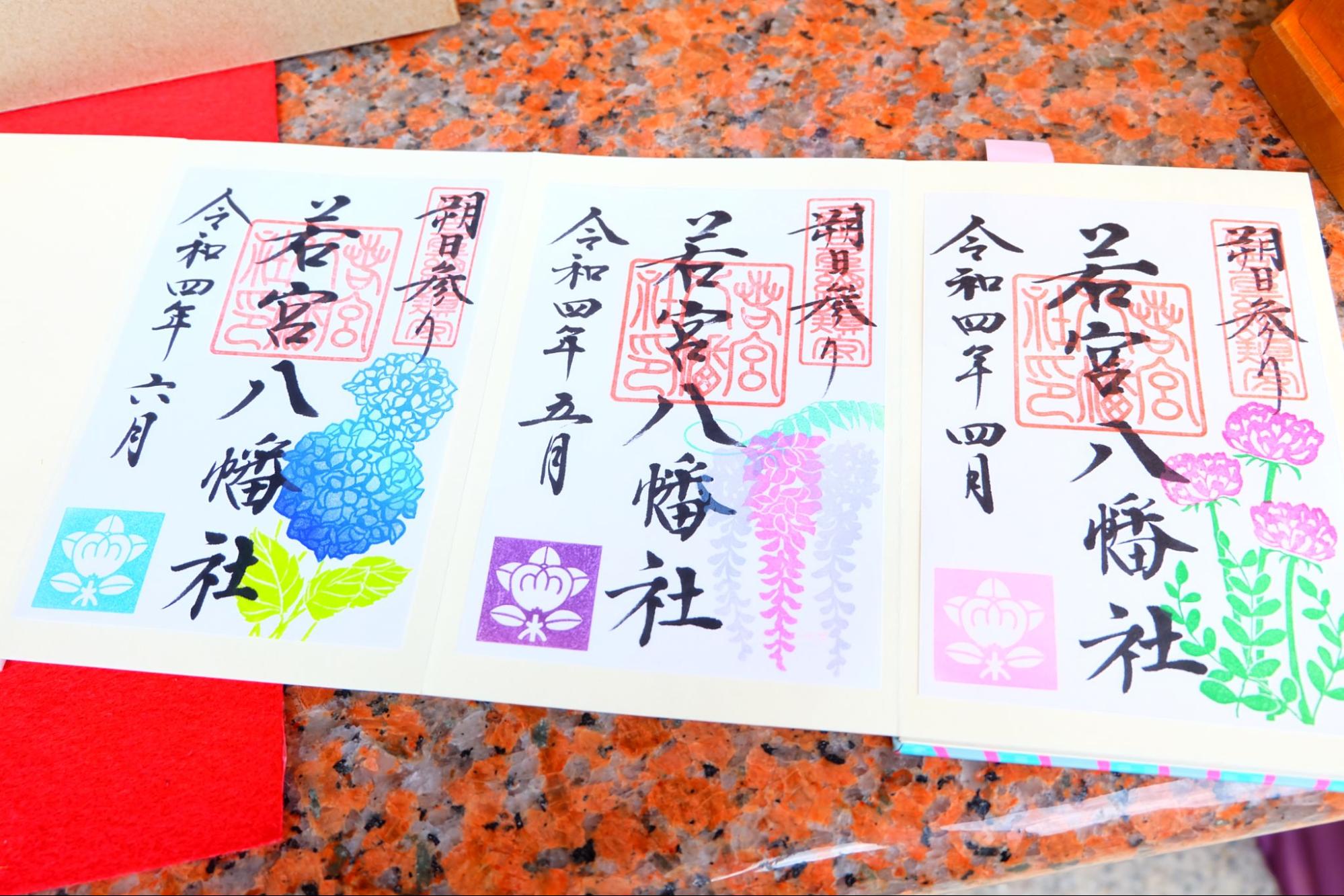
At Wakamiya Hachiman Shrine, in addition to the standard goshuin, the goshuin that is limited to the first day of every month is popular. The seasonal flower designs that change every month are also colorful. I'm looking forward to what kind of flowers every month.
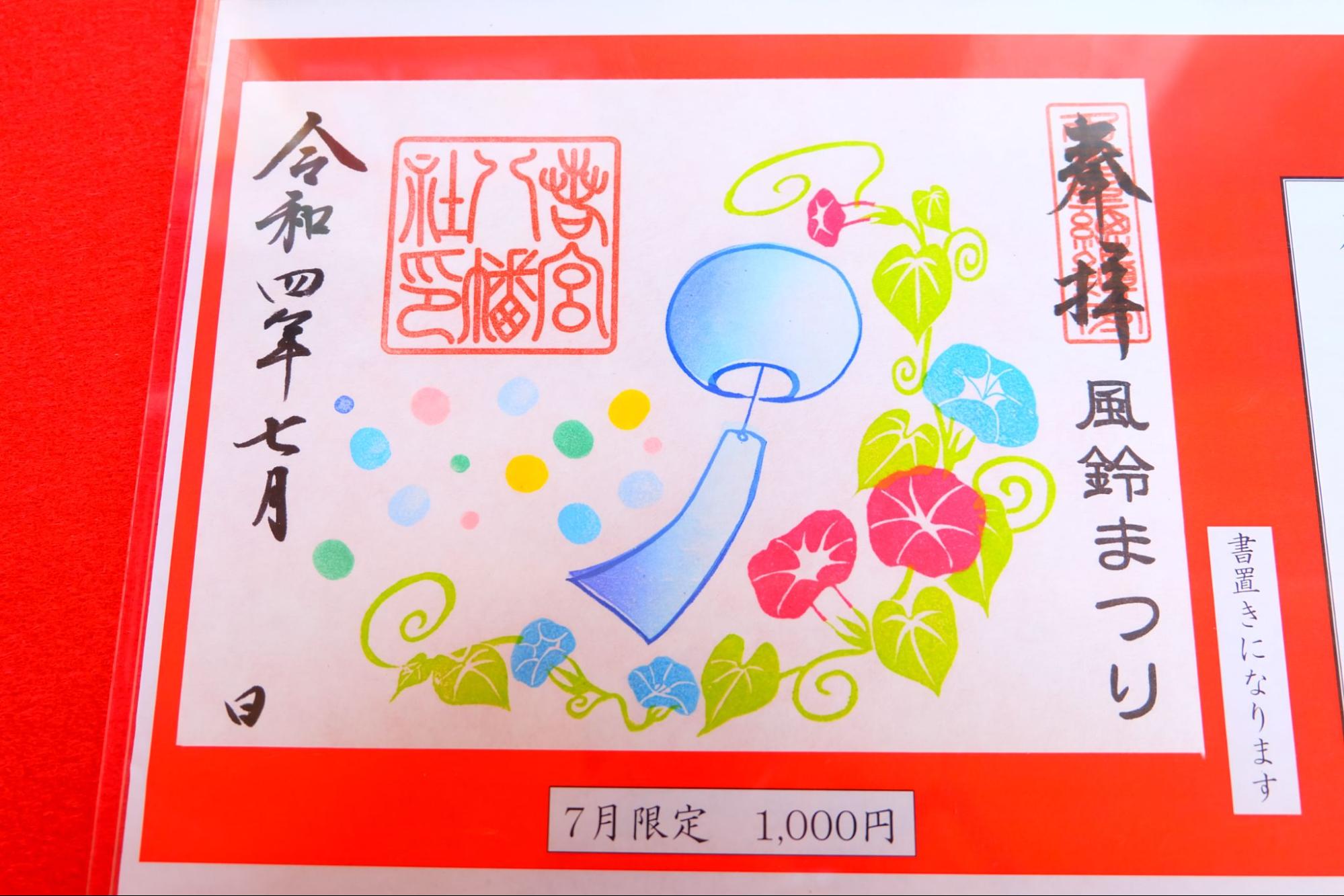
In addition, there are double-page spread types such as limited goshuin stamps for seasonal festivals and events. Please check the event details and the latest information on Instagram etc. from time to time.
[Wakamiya Hachiman Shrine]
Address: 3-35-30 Sakae, Naka Ward, Nagoya City, Aichi Prefecture
Phone number: 052-241-0810
Holidays: No holidays
Access: Train/subway Tsurumai Line "Osu Kannon" station, about 7 minutes on foot from Exit 2
Get off at Subway Higashiyama Line "Yabacho" station, about 5 minutes on foot from Exit 4
Bus / city bus No. 3 at Nagoya Station, get off at "Wakamiya"
Parking lot: Yes
Be Blessed with the Success of Hideyoshi in his Unification of Japan!
"Toyokuni Shrine"
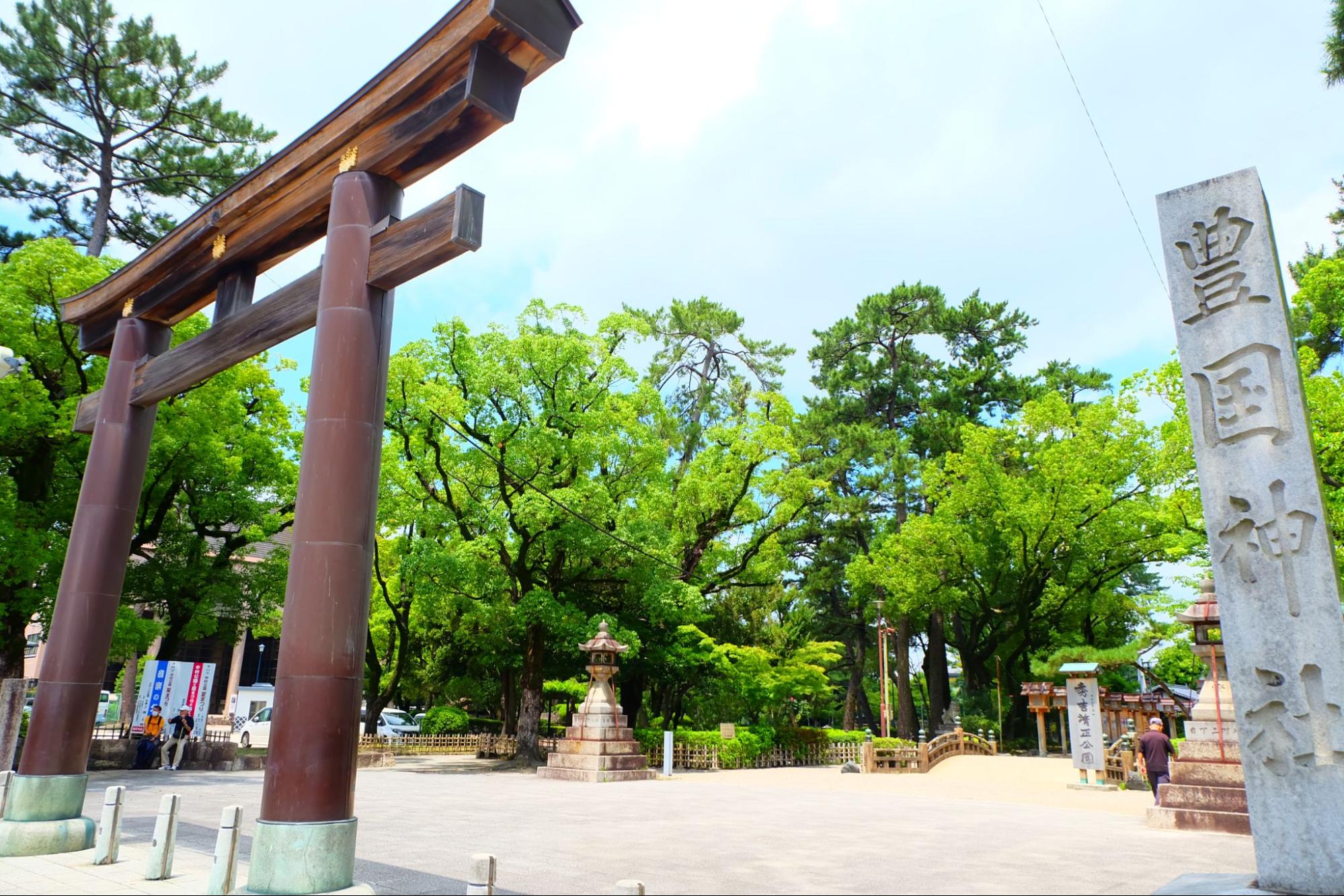
As you know, Hideyoshi Toyotomi is a warlord who unified the world during the Warring States period. There is a strong image of Hideyoshi = Osaka, but he was actually born in Nakamura Ward, Nagoya City. It seems that he spent his childhood here.
This shrine is especially interesting for those who want to receive a glorious birth luck from peasants to unification of the country!
Located in Nakamura Park, it is a lush green area perfect for strolling and resting.
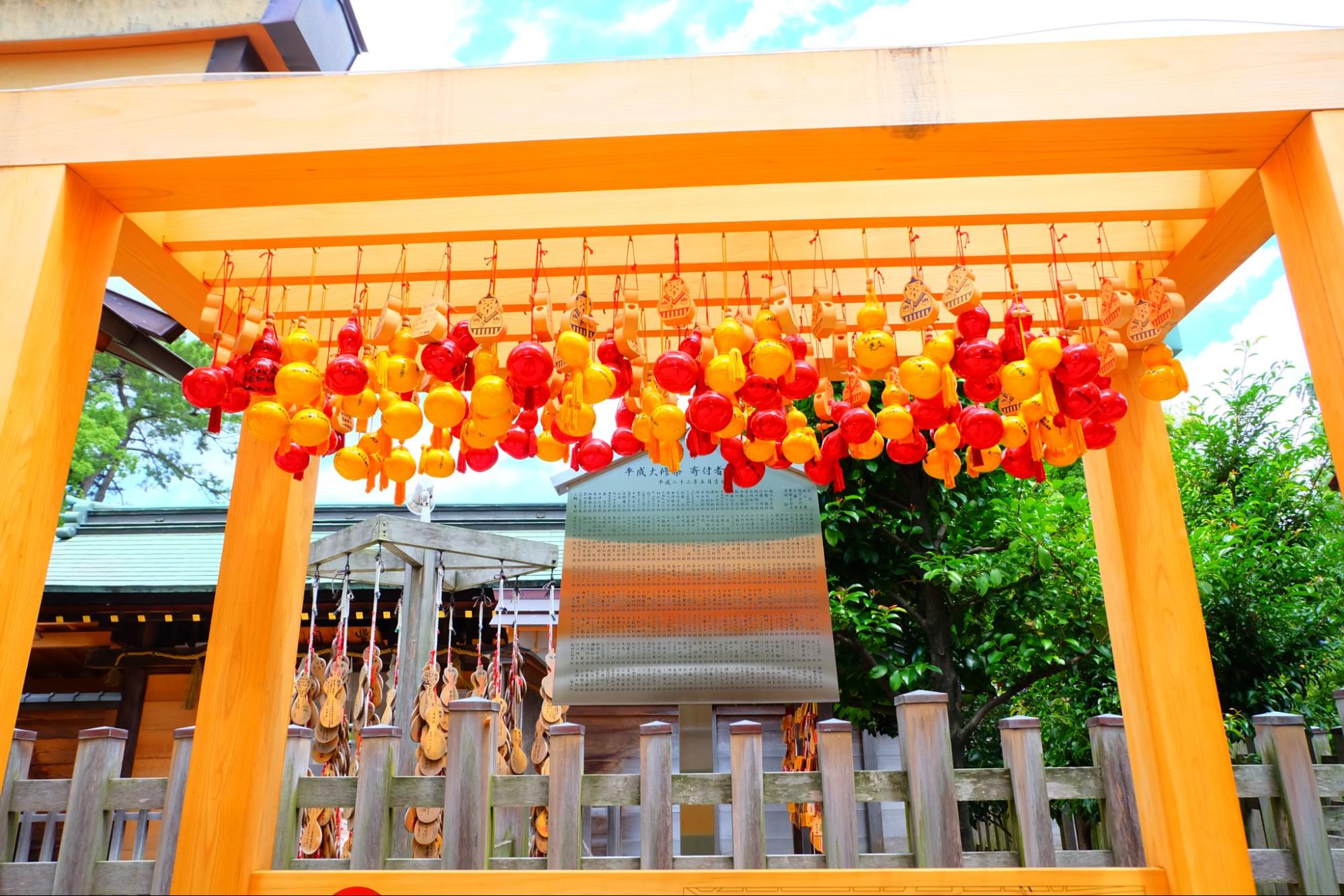
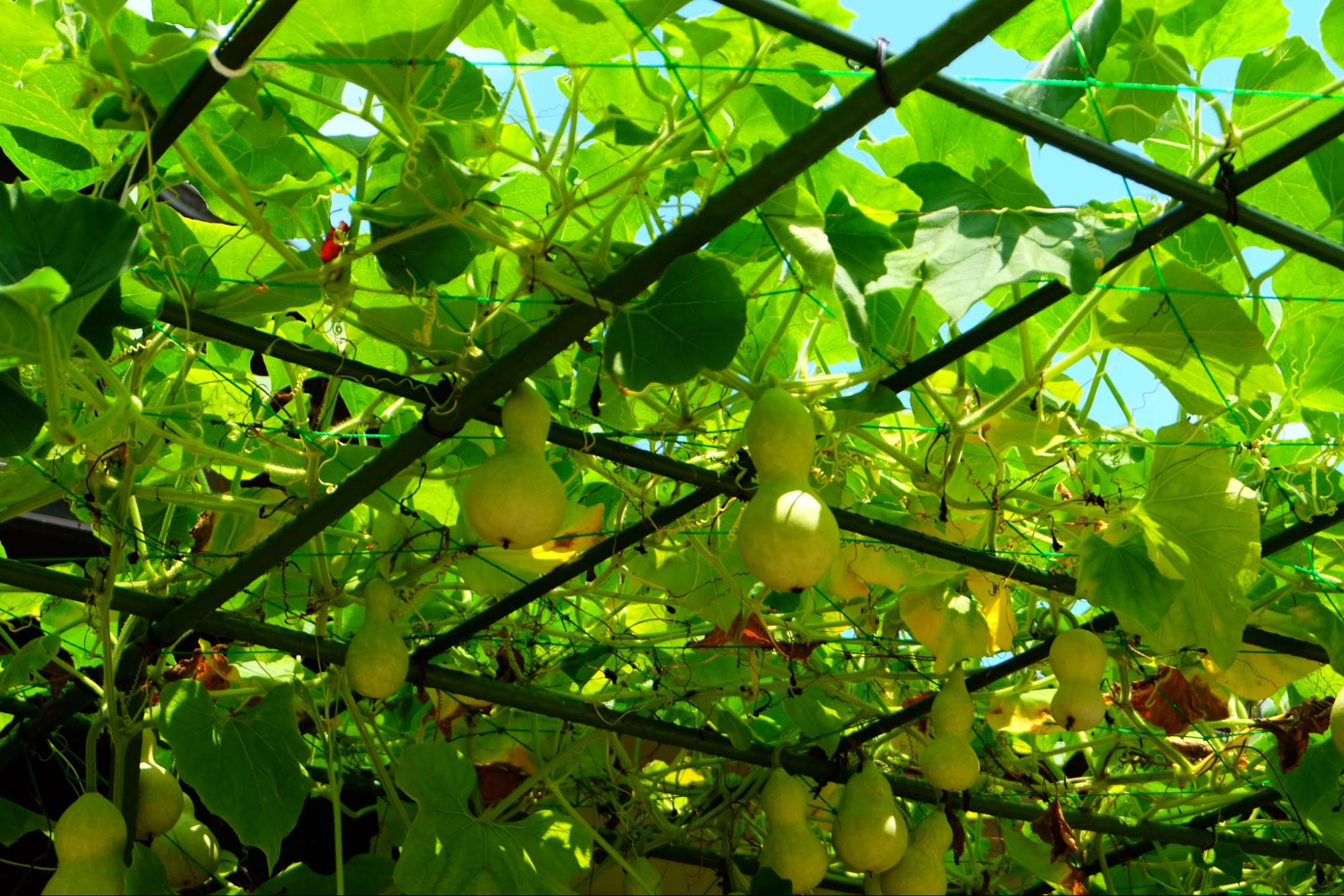
Gourds actually grown in front of the shrine office
The first thing that catches your eye around the precincts is the gourds that are displayed everywhere! Why gourd? Actually, the gourd was Hideyoshi's lucky item.
In 1566 (Eiroku 9), when Nobunaga attacked Inabayama Castle in Mino (present-day Gifu City), which was said to be a very difficult castle to defeat, Hideyoshi used a gourd as a signal when he charged, which is said to have contributed greatly to the castle's fall. For his credit, Nobunaga gave him permission to use a gourd as a horse marker. From there, the number of gourds increased every time Hideyoshi won a battle, and the 'Sennari Hyotan'(a thousand of gourds) is also known as a symbol of Hideyoshi.
* Umajirushi: Sashimono used by military commanders to indicate their presence on the battlefield. A mark that was only granted to powerful military commanders.
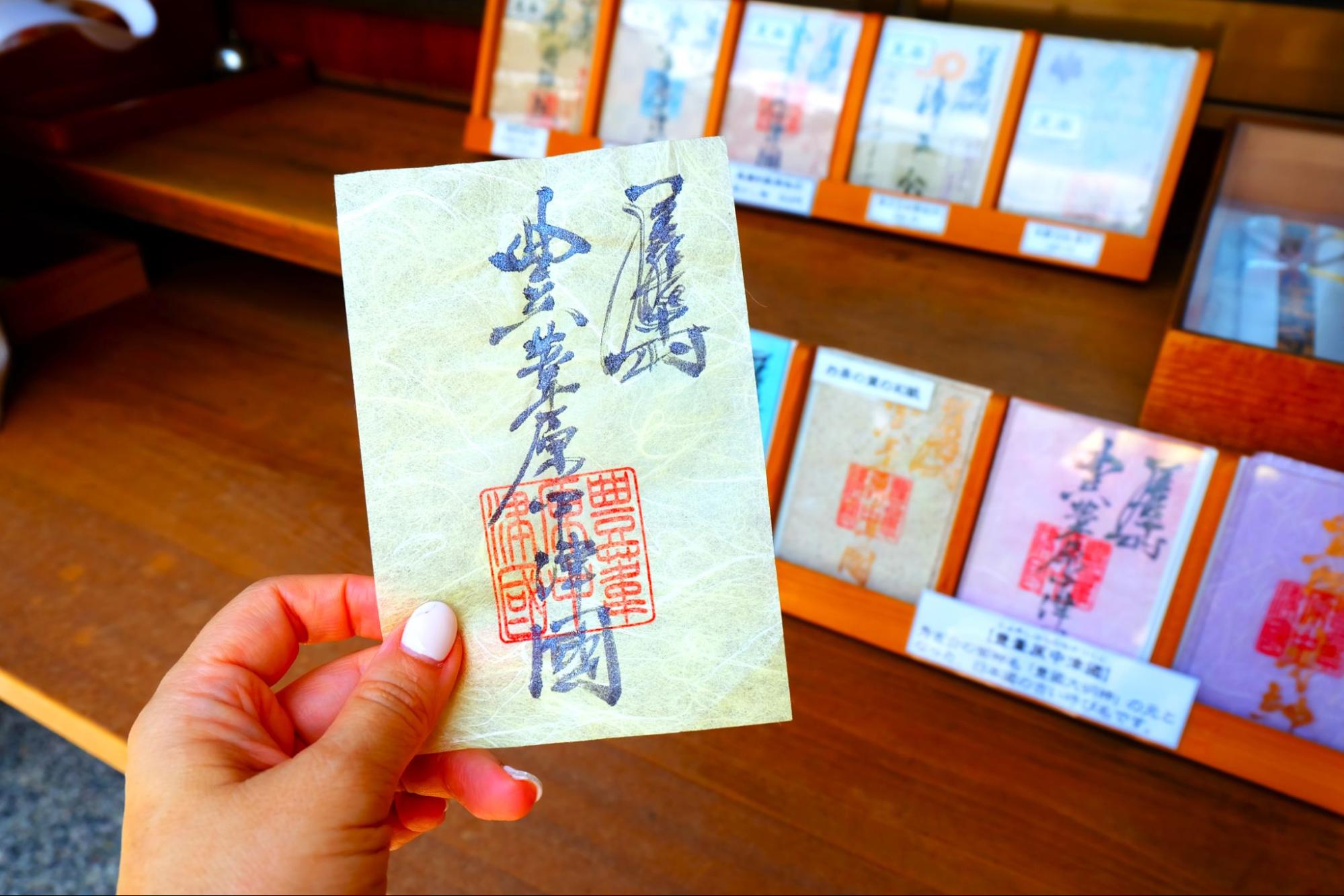
Now, let's take a look at the Goshuin stamp of Toyokuni Shrine. The feature is the goshuin stamp made of Mino washi paper. Why is this also Mino Washi?
At that time, letters to the imperial court and Kanpaku were written in Mino washi paper, so Hideyoshi, who became Kanpaku and Taiko, also used Mino washi paper. From such a relationship, it seems that the collaboration with Mino Washi has become a form of Goshuin this time.
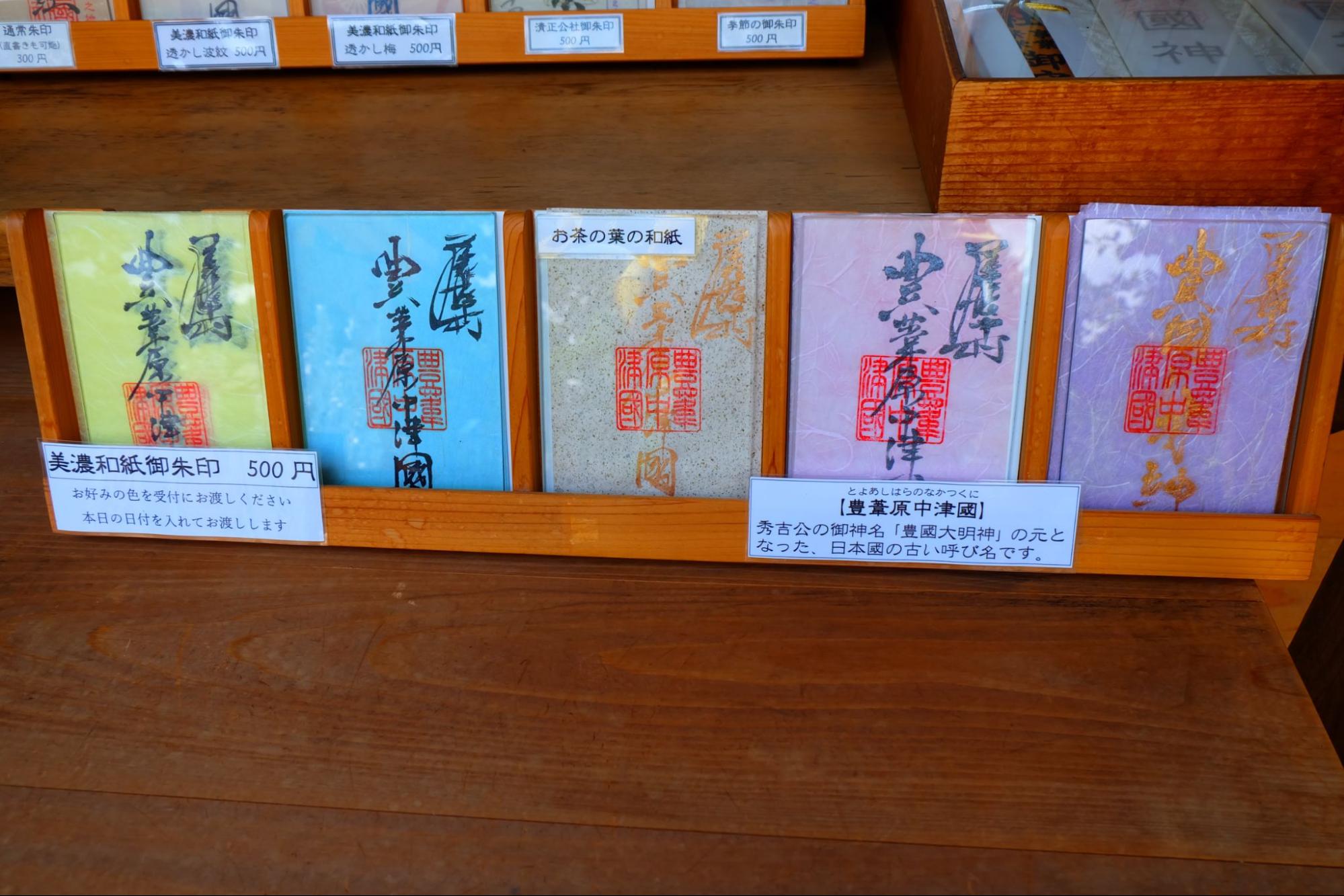
The chief priest visits Mino once or twice a month to choose the washi paper, and there are nearly 7,000 types of washi paper. By the way, there are always about 20 types available at the shrine (currently it will end as soon as it runs out).
From watermarks to patterns, Mino Washi is not only beautiful to look at, but it is also a durable material that will not tear even after 1000 years. It is such a high-quality Japanese paper that it has been inscribed on the World Intangible Cultural Heritage List.
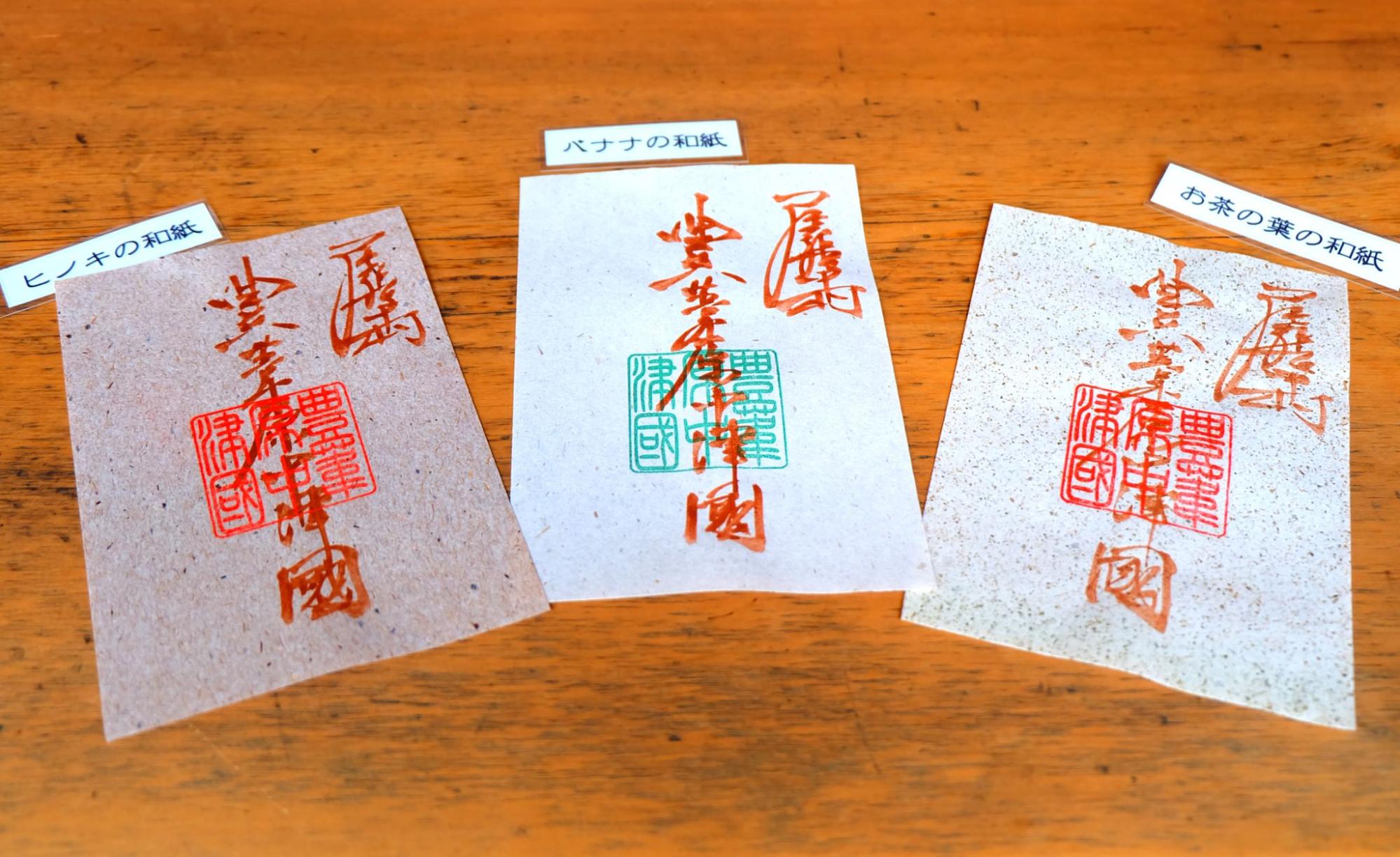
In addition, there are some unusual materials that are conscious of the SDGs in recent years. There are also goshuin stamps made from wood and stems such as cypress, banana, and tea leaves. Please try to find your favorite for your hands!
[Toyokuni Shrine]
Address: Kinoshita Yashiki, Nakamura-cho, Nakamura-ku, Nagoya City, Aichi Prefecture
Phone number: 052-411-0003
Holidays: No holidays
Access: Train/ Subway Higashiyama Line "Nakamura Koen" station, about 10 minutes on foot from Exit 3
Right after getting off at "Nakamura Koen" bus/city bus
Parking lot: Paid P available nearby
Abe no Seimei known as Onmyoji!
Seimei Shrine, with its impressive five-pointed star
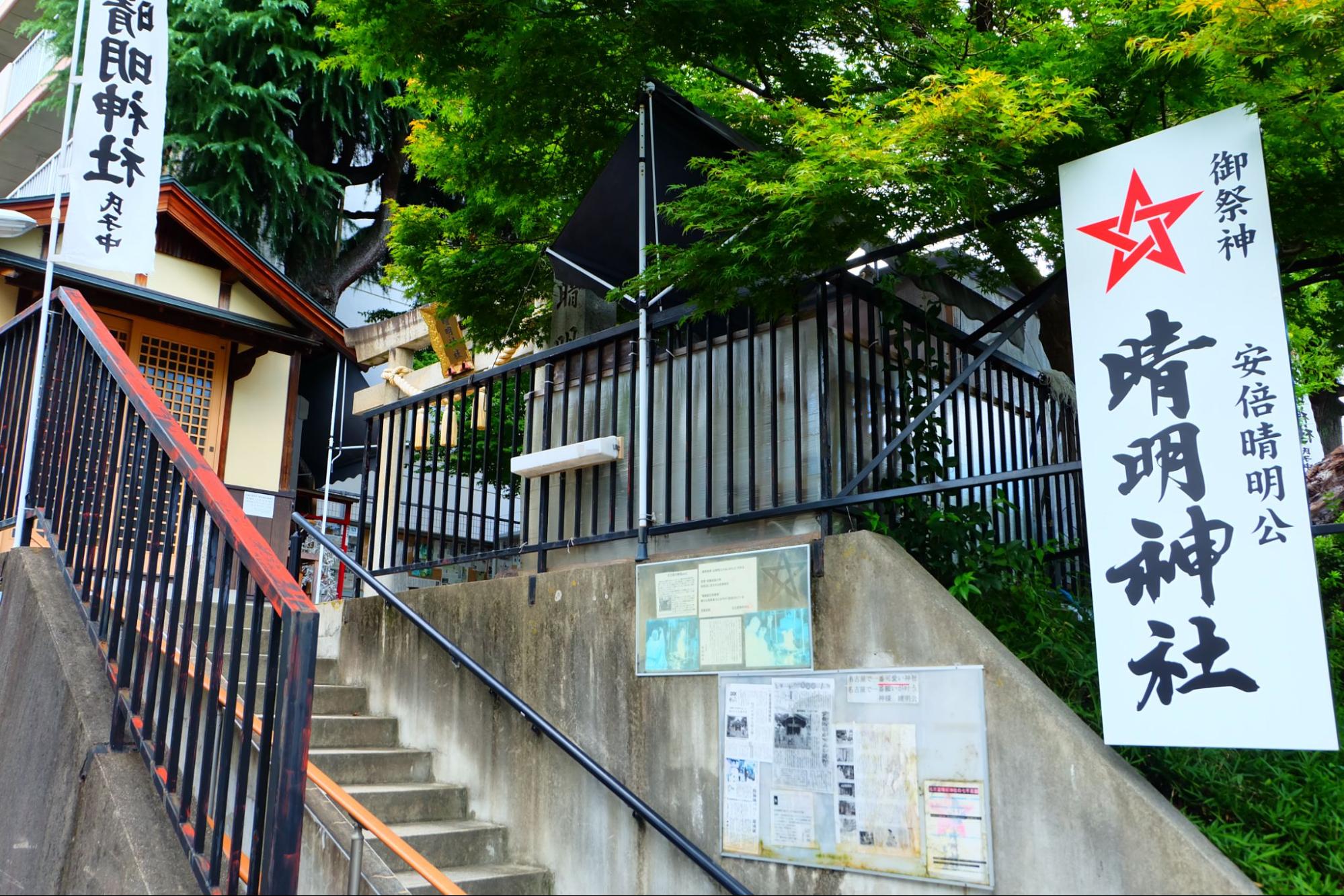
The last place I would like to introduce is Seimei Shrine.
It's tucked away in a residential area in Chikusa ward, Nagoya City, so it's easy to miss it, but since it's one of the few shrines that enshrines Abe no Seimei, visitors come all the way from afar to see it. increase.
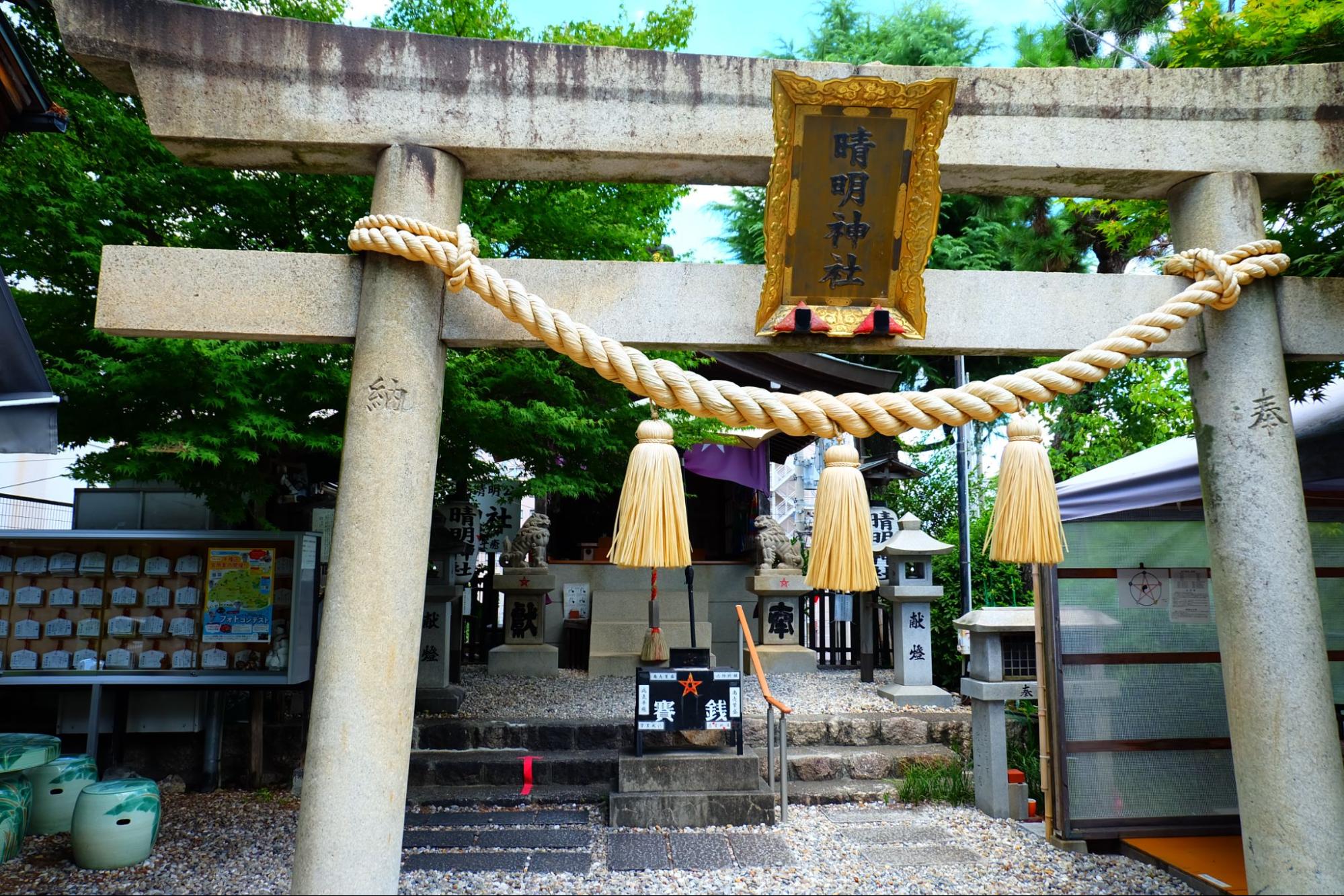
Abe no Seimei was an onmyoji who was active in Kyoto during the Heian period. There may be many people who know well because it is also a movie and drama. Recently, figure skater Yuzuru Hanyu became a hot topic when he danced with the song "SEIMEI" and costumes.
By the way, Onmyoji was mainly good at astronomy and magic, and it seems that they judged fortune and fate by what is now called fortune-telling, which incorporates the Chinese idea of yin and yang five elements.
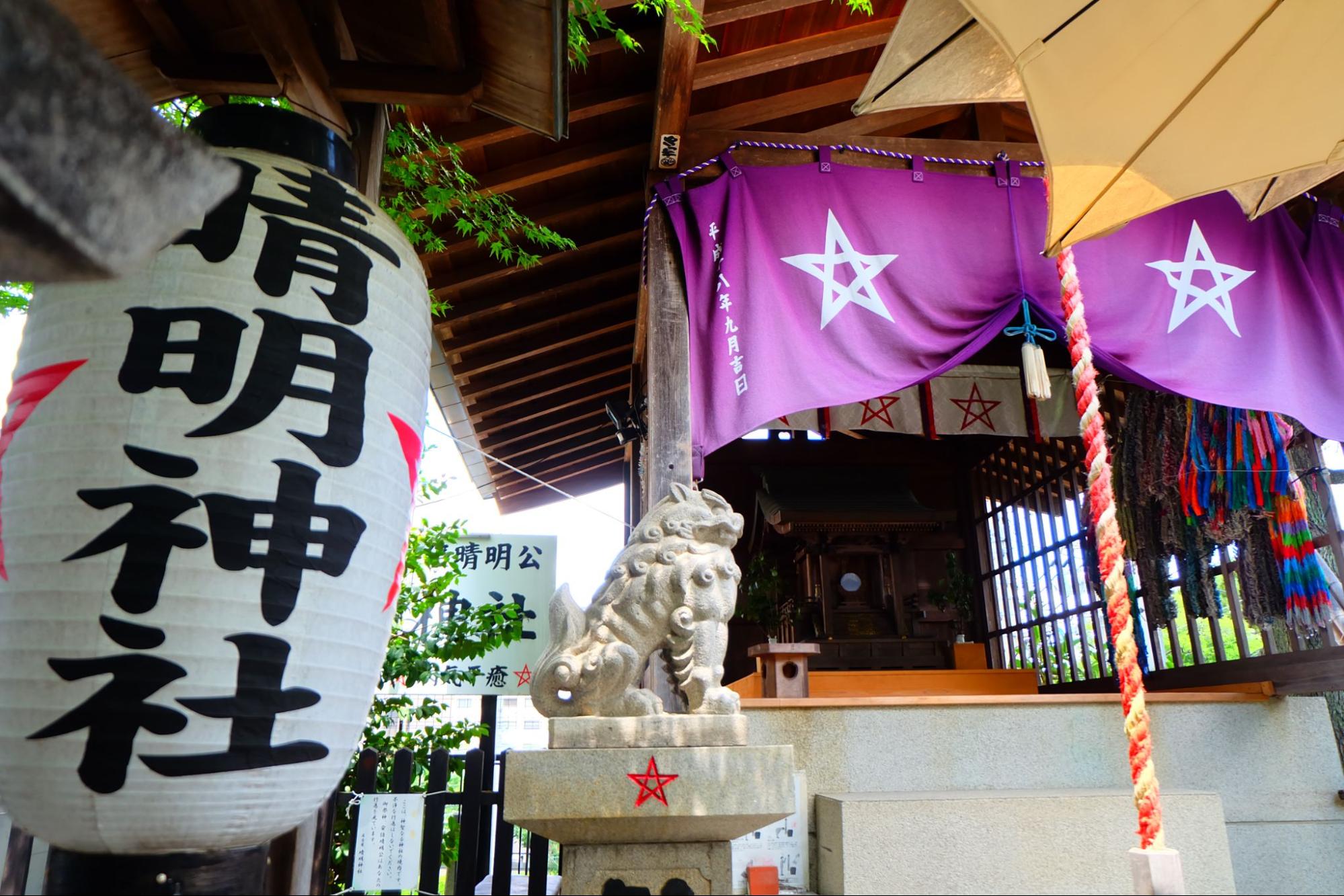
Then why is Seimei Shrine enshrined in Nagoya?
In the past, this area used to be a hilly area with thick forests and was home to a large number of copperheads.
There was a period when Seimei lived in this area during the Heian period, and it is recorded that he sealed off the viper at that time. In addition, it seems that there is a history that the current company was built by having the spirit of Seimei Shrine in Kyoto be divided because the viper appeared again around the Meiji era.

The goshuin was written by a calligrapher, and on the upper left is a five-pointed star or a seimei bellflower. It is so called because the shape of the five-pointed star resembles the shape of a bellflower. (note only)
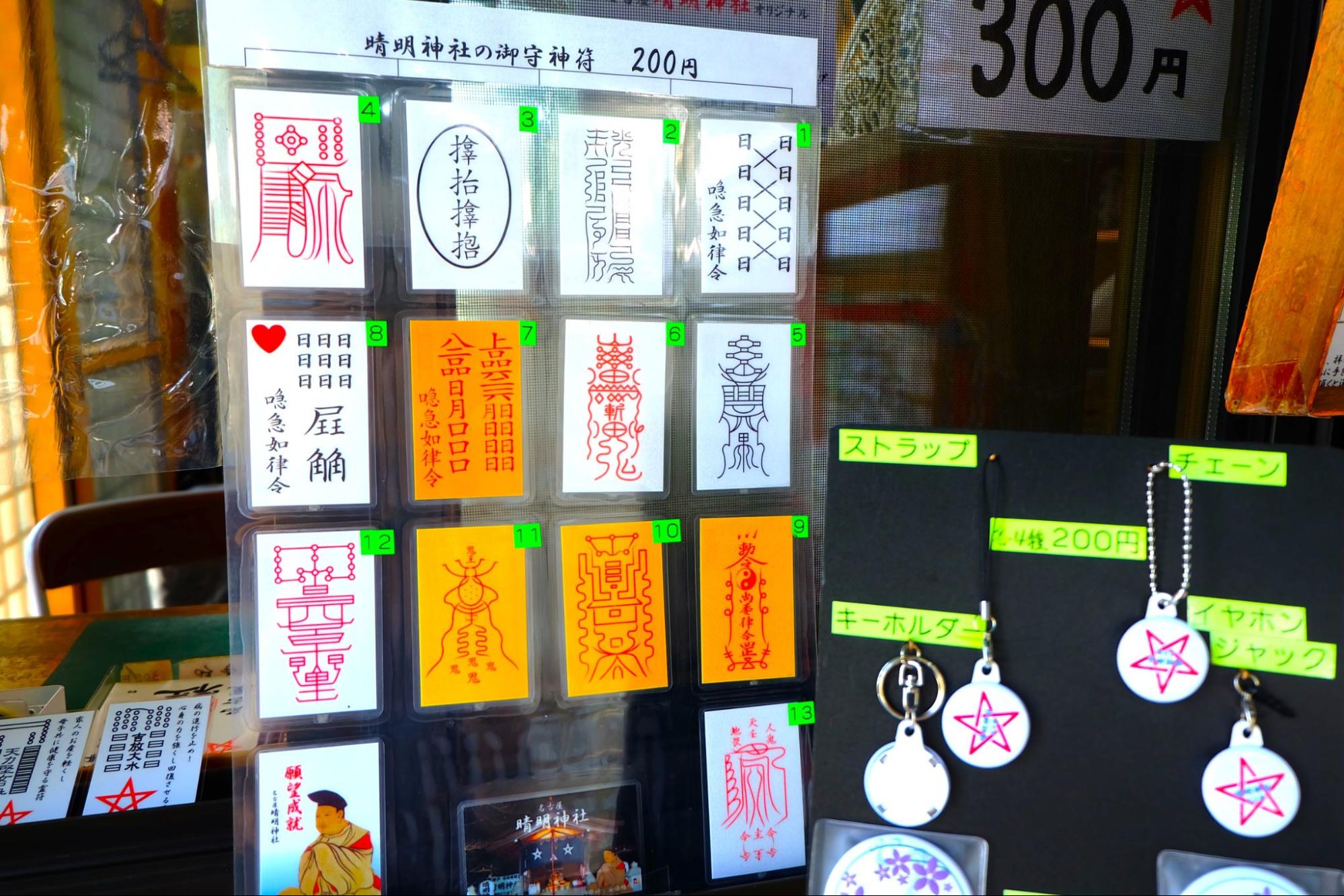
In addition, there are many talismans and so-called lucky charms, for different wishes! It's easy to put in your wallet, so if you're interested, please put it together.
Please note that the shrine office is not open every day. Please check the opening hours before going!
[Seimei Shrine]
Address: 1-6 Seimeiyama, Chikusa ward
Phone number: 052-711-8803
Access: 12 minutes walk from Exit 1 of Sunadabashi Station on the train/subway Meijo Line
This time, we introduced goshuin of only a few shrines in Nagoya, but it is said that there are nearly 80,000 shrines nationwide. There are only a limited number of shrines where you can get goshuin, but it would be a great memory if you visit it together with it.
Also, what kind of god is enshrined at the time of worship, and why it is built in this place...
If you know the history and so on, it will be even more fun to visit shrines and goshuin!


![[Tokai Area] Shrines and Temples](https://life-designs.jp/wp/wp-content/uploads/2022/03/4b6784b9a0a6f408160ee9c32a307138-1024x580.png)
![[Ozone, Nagoya] "Yamada Tenmangu" where you can Visit with All Kinds of Purposes](https://life-designs.jp/wp/wp-content/uploads/2022/02/image31-4-2-656x437.jpg)
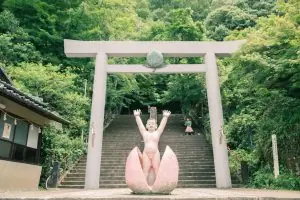
![[Tahara] Year of the Tiger! I went to "Torano Shrine" in Tahara City](https://life-designs.jp/wp/wp-content/uploads/2021/12/d0bcf6e9c39c9d5ca563199fb9b86b2e-1-656x437.jpg)
![[Tahara] Year of the Tiger! I went to "Torano Shrine" in Tahara City](https://life-designs.jp/wp/wp-content/uploads/2021/12/d0bcf6e9c39c9d5ca563199fb9b86b2e-1-1024x683.jpg)
![[Nagoya, Osu] Let's go to Miwa Shrine, a Shrine of Marriage and Rabbits!](https://life-designs.jp/wp/wp-content/uploads/2020/02/image21-3-1024x768.jpg)

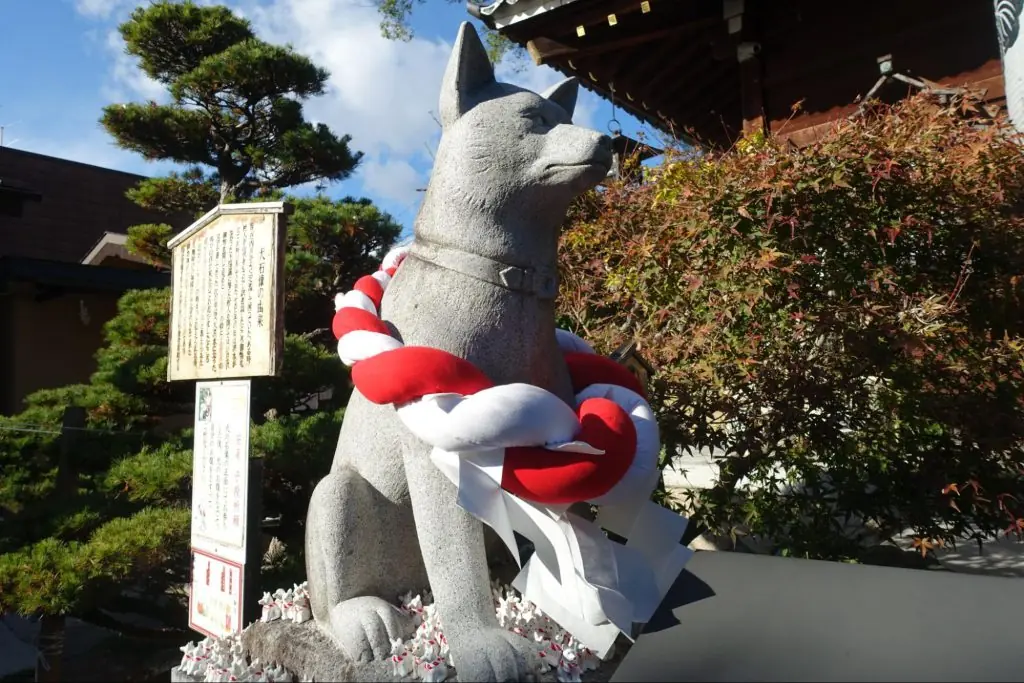
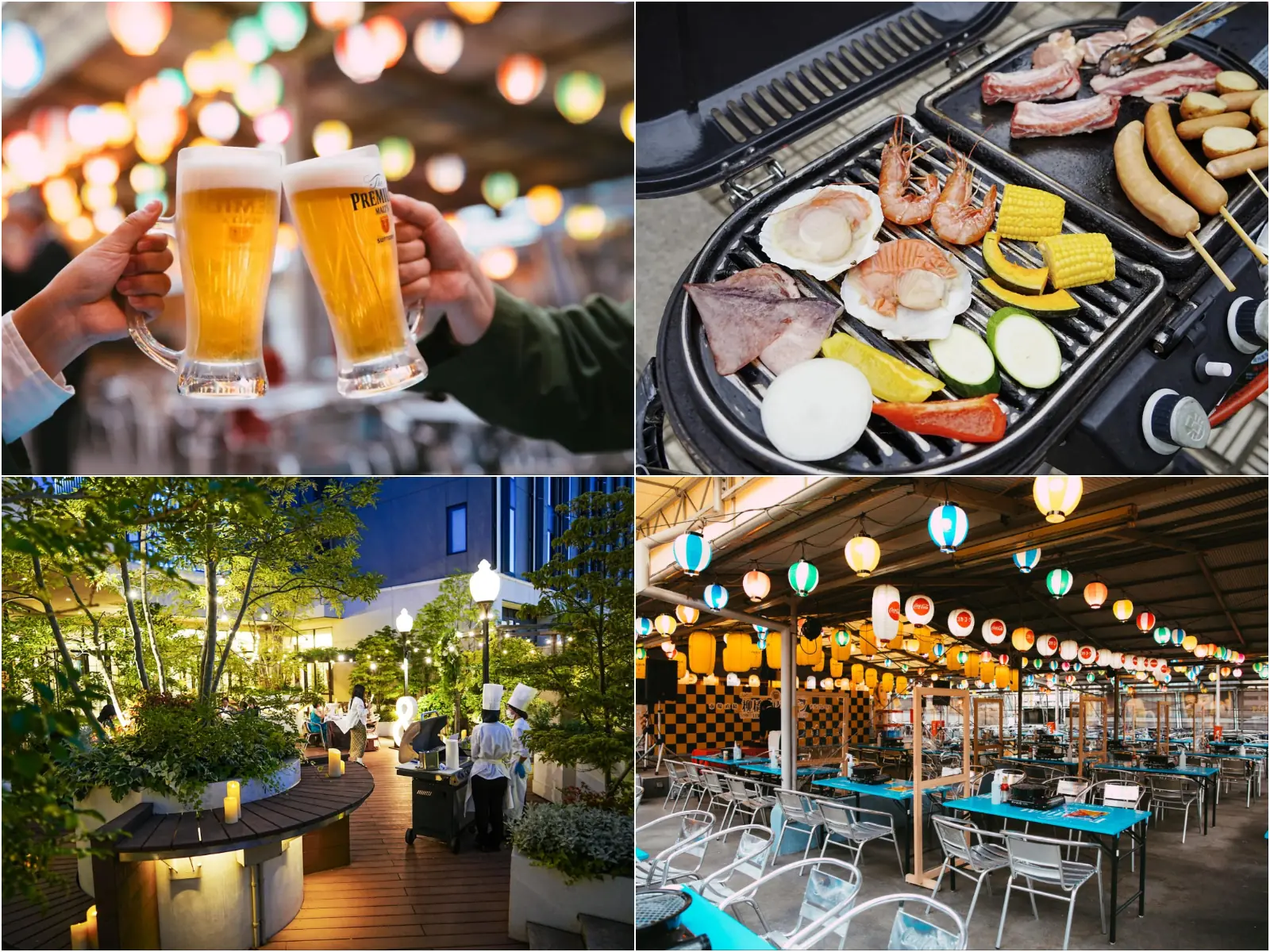
![[Indoor Facilities] Where to Go on Rainy Days in Tokai Area! For Family Outings!](https://life-designs.jp/wp/wp-content/uploads/2023/07/FotoJet-23.jpg)
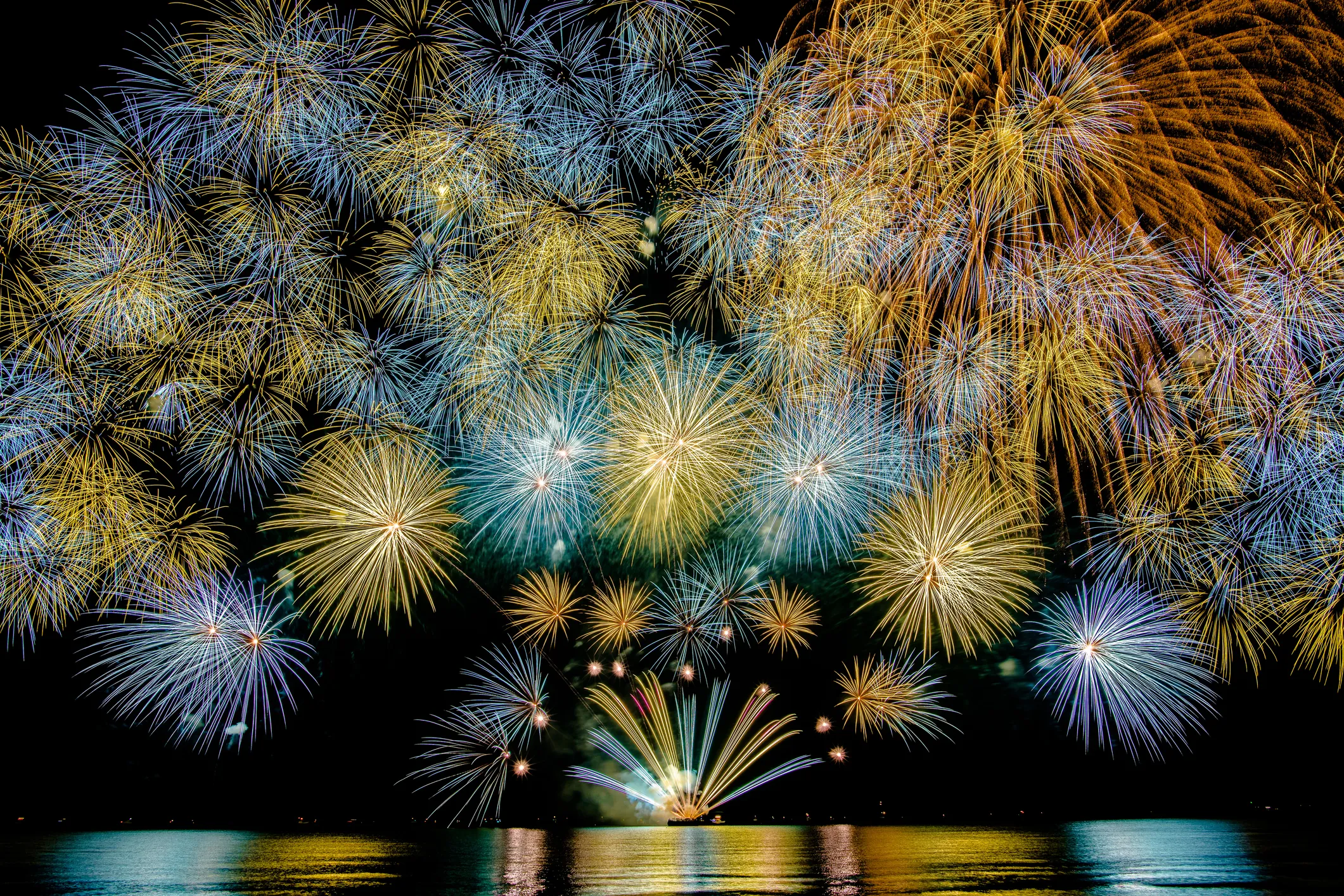
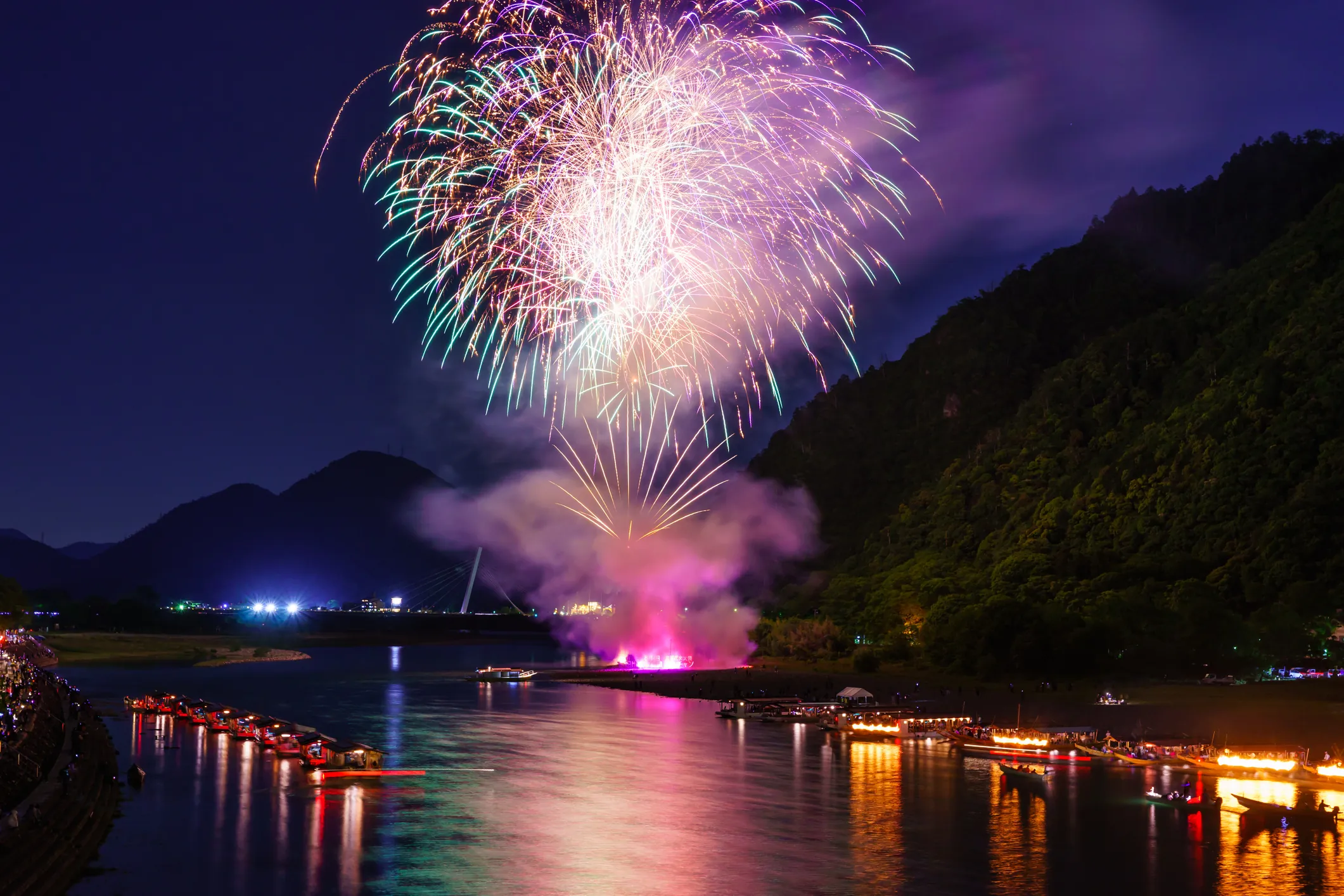

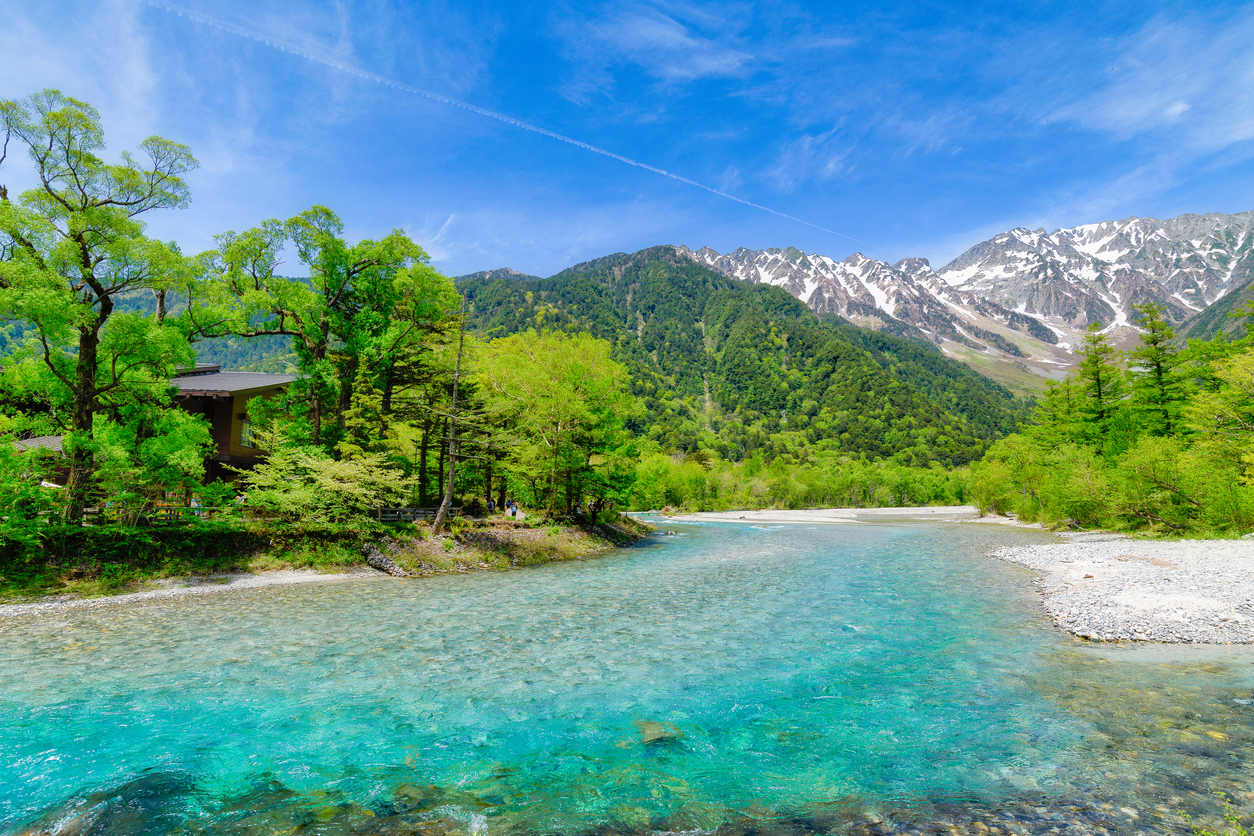
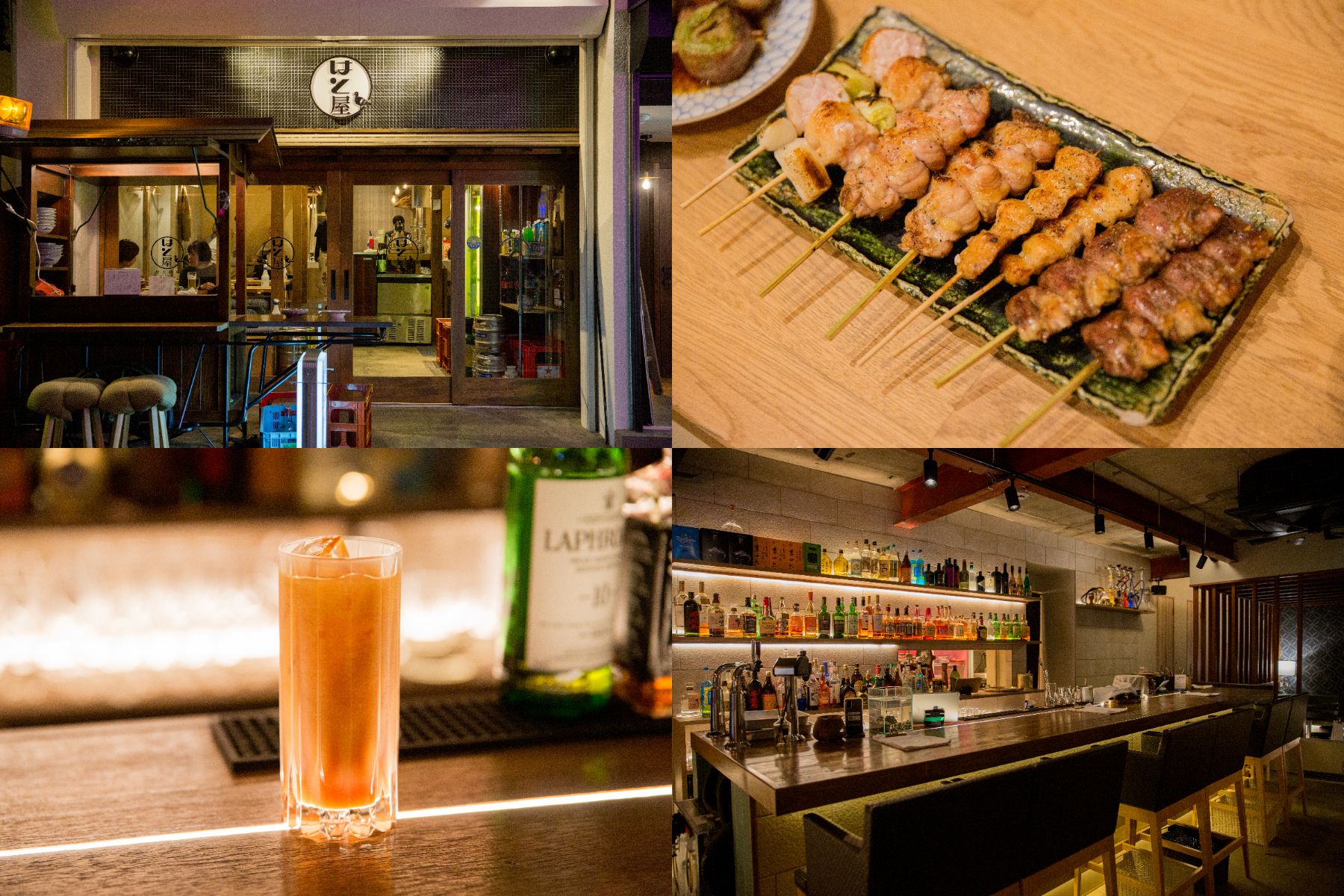
![[Special Feature] Enjoy Your Day at a Park!](https://life-designs.jp/wp/wp-content/uploads/2019/12/LD_banner_w1920x1088_park-1-768x435.jpg)
![[Sauna Specials] Feel Revitalized in Sauna!](https://life-designs.jp/wp/wp-content/uploads/2021/07/Sauna-768x435.jpg)
![[Osu Special Feature] A City of History and Uniqueness](https://life-designs.jp/wp/wp-content/uploads/2022/03/01_Osu-1-1024x580.png)
![[Tokai Area] Scenic Spots which You'll Never Forget](https://life-designs.jp/wp/wp-content/uploads/2019/12/LD_banner_w1920x1088_prospect-1-1024x580.jpg)
![[Ghibli Park] Beginner's Guide](https://life-designs.jp/wp/wp-content/uploads/2023/07/ghiblipark_w1920h1088_20240422-1024x580.png)
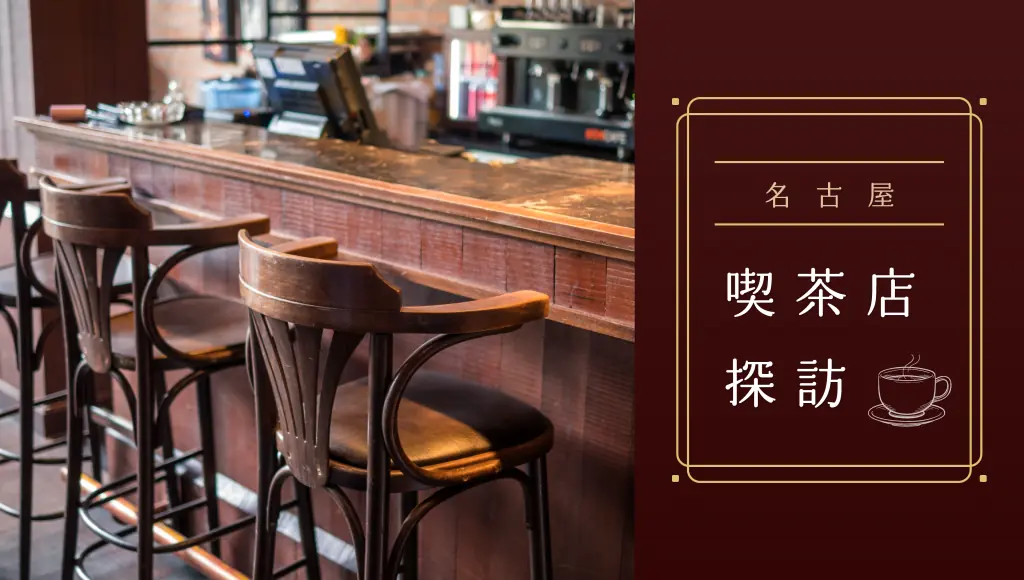

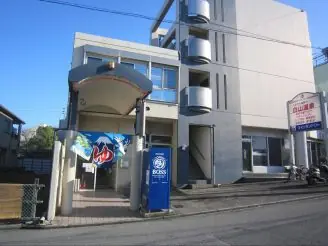
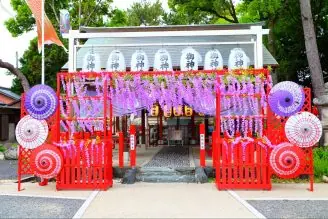
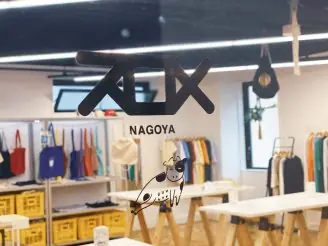
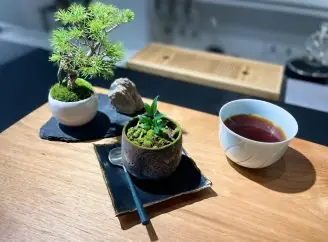
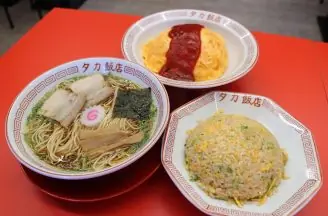
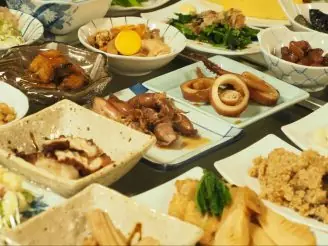
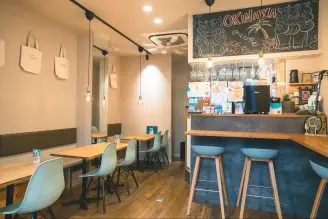
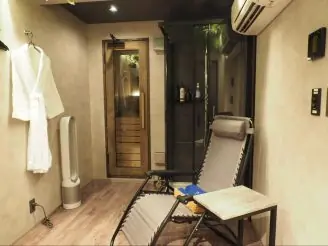

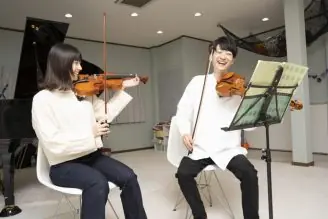
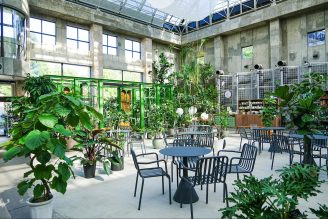
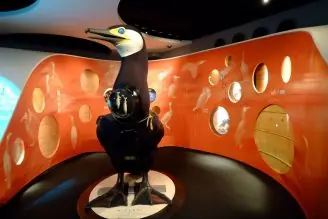
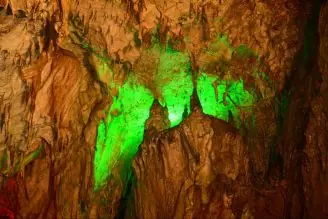
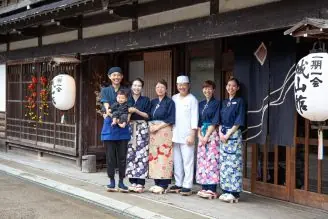
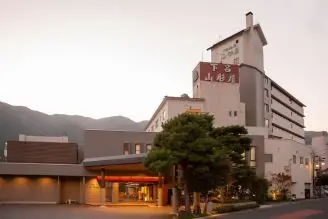
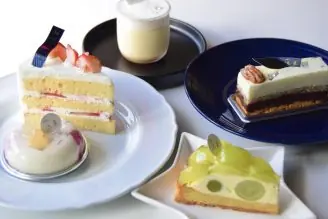


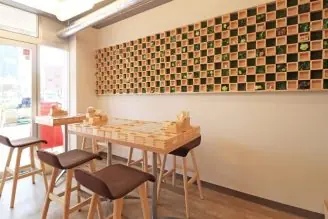
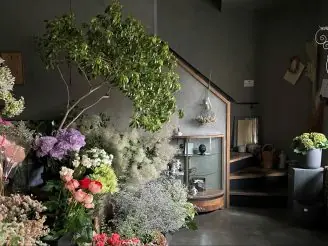
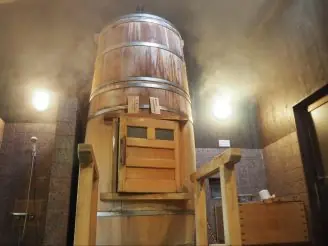

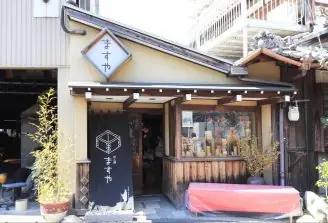
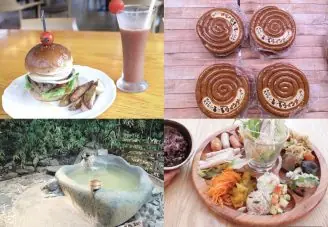
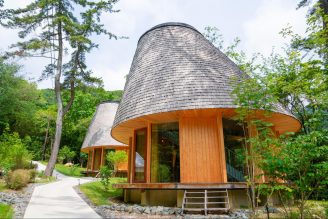
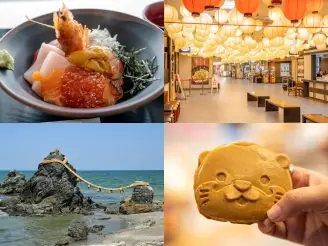



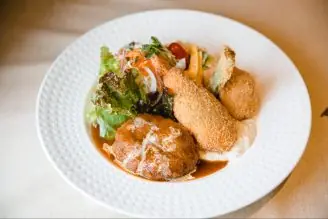
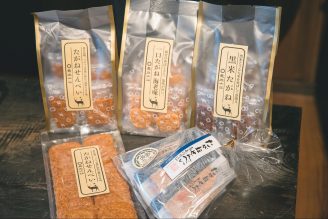
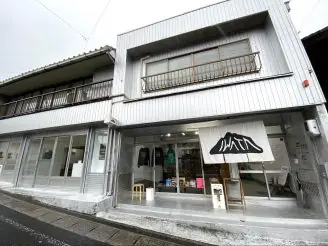
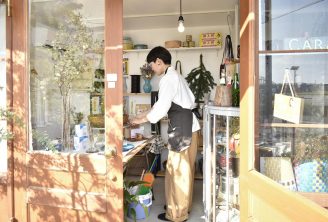
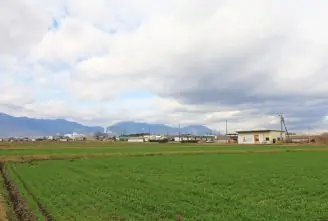
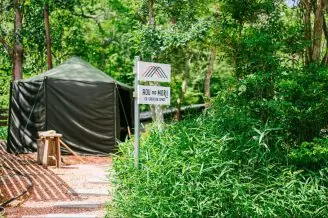
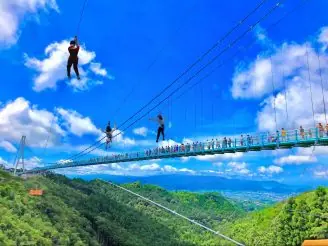
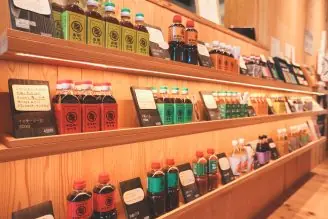
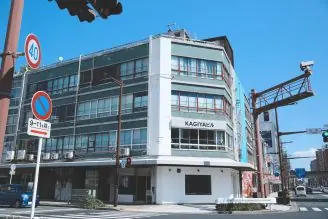
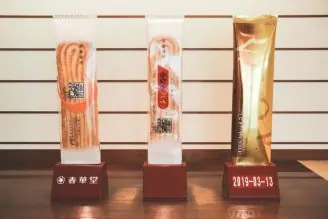

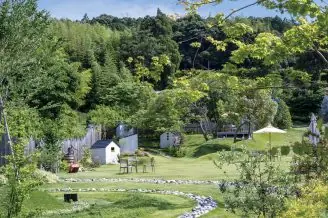

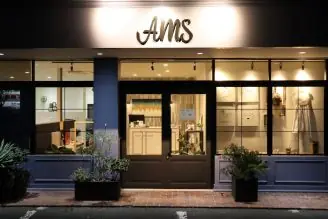

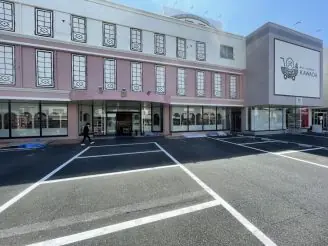
![[Indoor Facilities] Where to Go on Rainy Days in Tokai Area! For Family Outings!](https://life-designs.jp/wp/wp-content/uploads/2023/07/FotoJet-23-1024x768.jpg)
![[28 selections] I want to get it when I go to Ghibli Park! Recommended goods & souvenirs (Ghibli’s Grand Warehouse edition)](https://life-designs.jp/wp/wp-content/uploads/2023/07/07bb34f30842ccc4c6412fc060e1966c-1024x683.jpg)
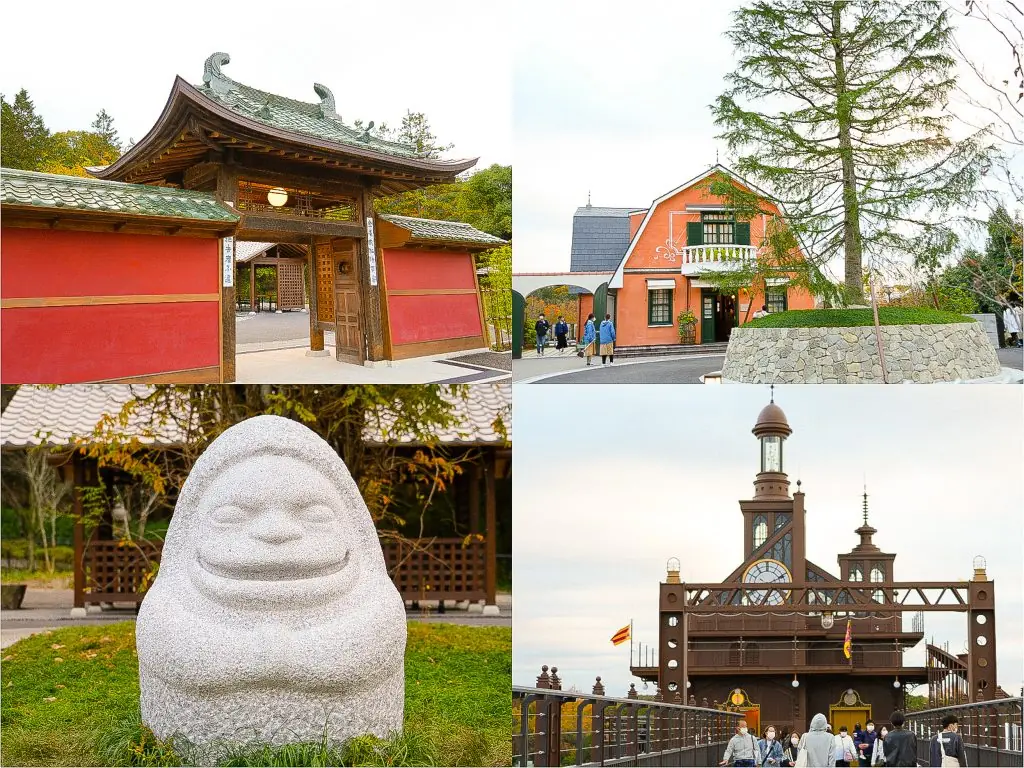
![[9 Selections] Summary of Retro Coffee Shops in Nagoya](https://life-designs.jp/wp/wp-content/uploads/2021/11/image1-30-1024x683.jpg)
![[Aichi, Gifu, Mie] 30 Family-Friendly Spots to Go in Winter!](https://life-designs.jp/wp/wp-content/uploads/2019/12/image21-1-768x543.png)
![[Within 2hrs by Car] 12 Outing Areas where You can Go on a Day Trip from Nagoya!](https://life-designs.jp/wp/wp-content/uploads/2023/07/odekake12_w1200h900_20240422-328x246.png)
![[Nagoya, Aichi] Recommended Shops to Buy Tablewares around Nagoya](https://life-designs.jp/wp/wp-content/uploads/2019/11/image12-26-150x100.jpg)
